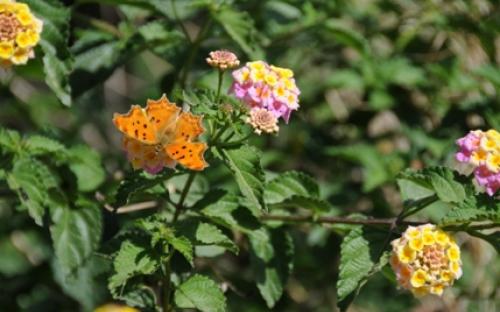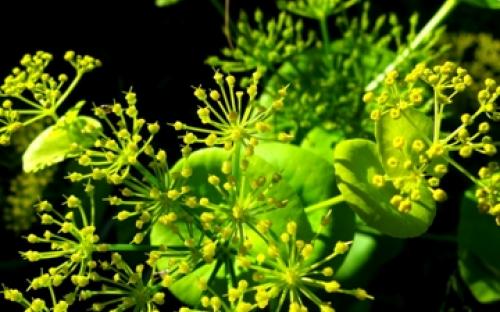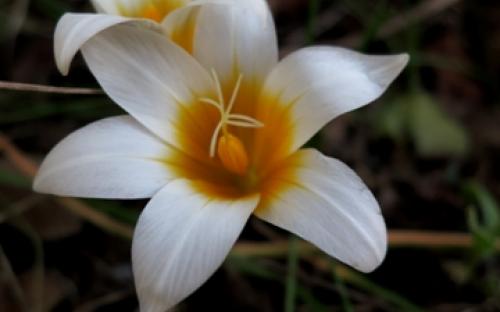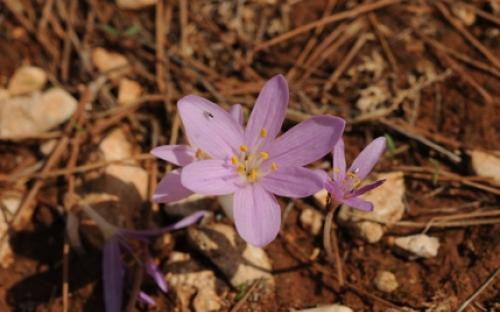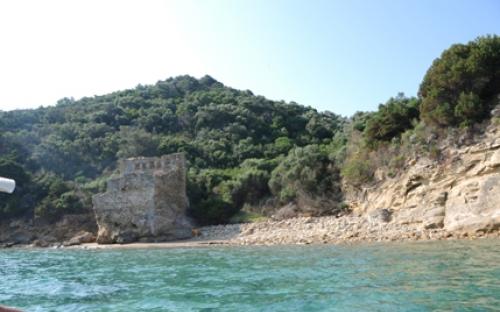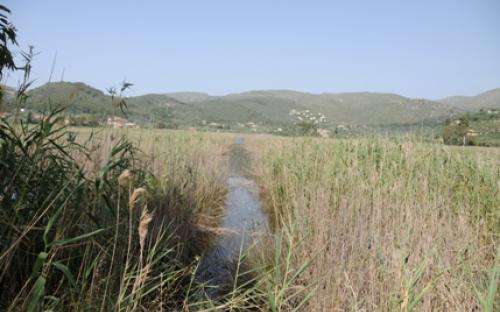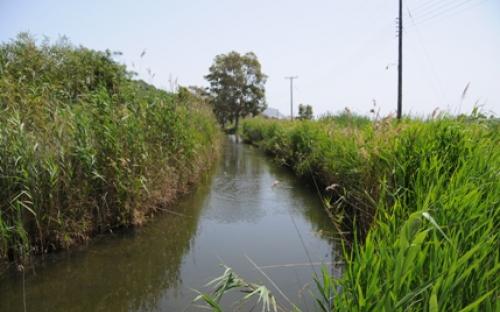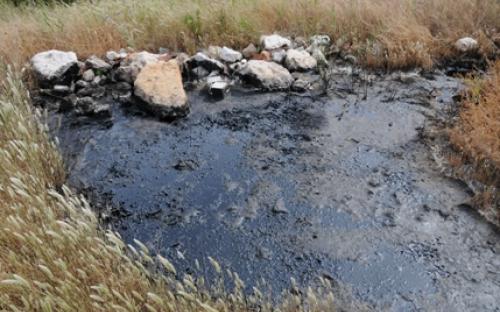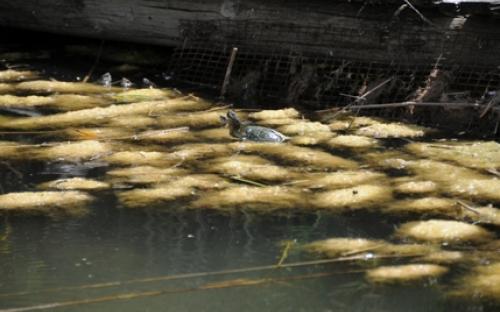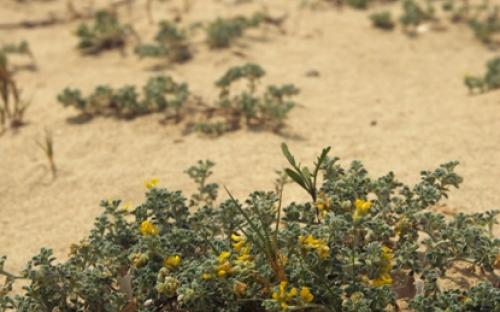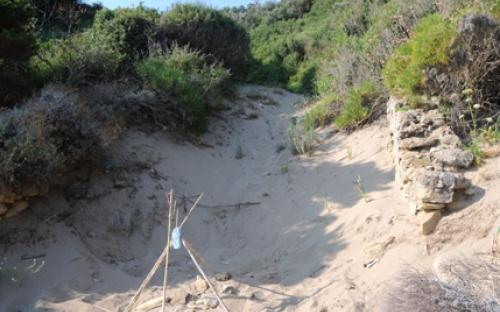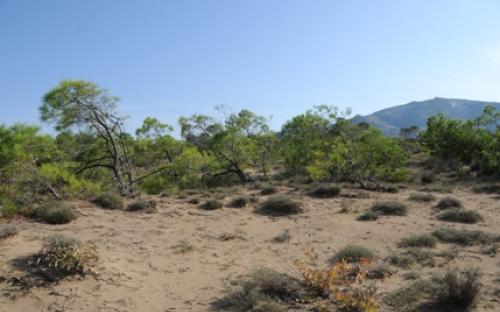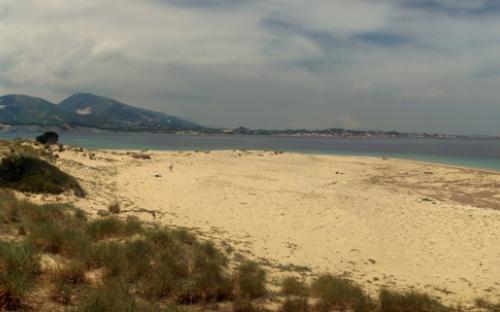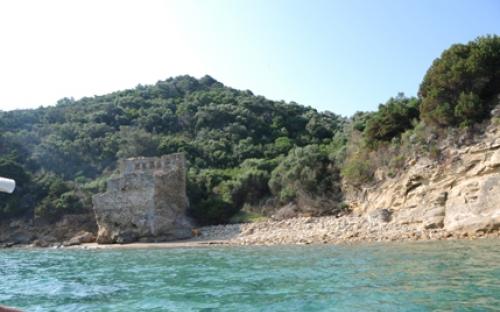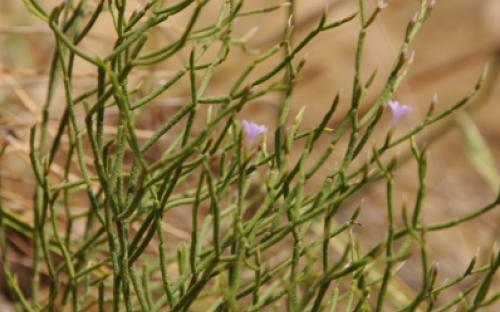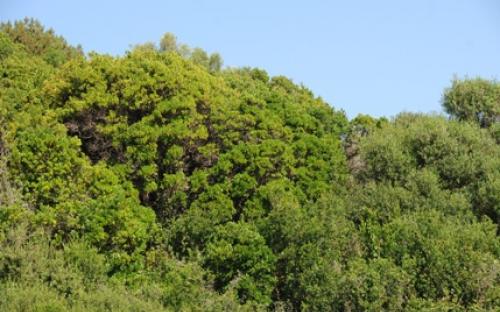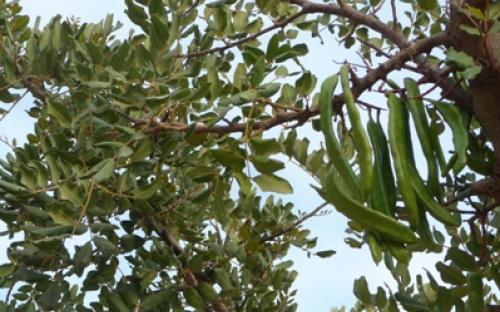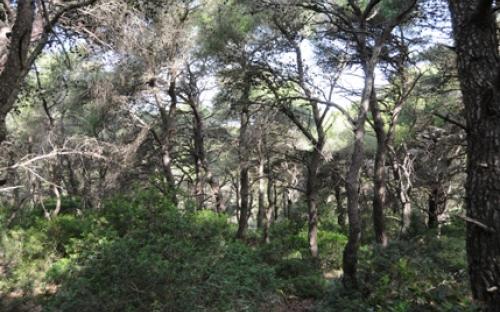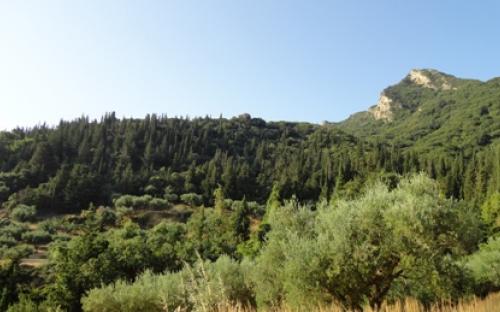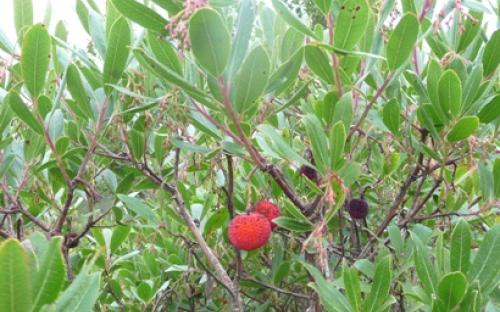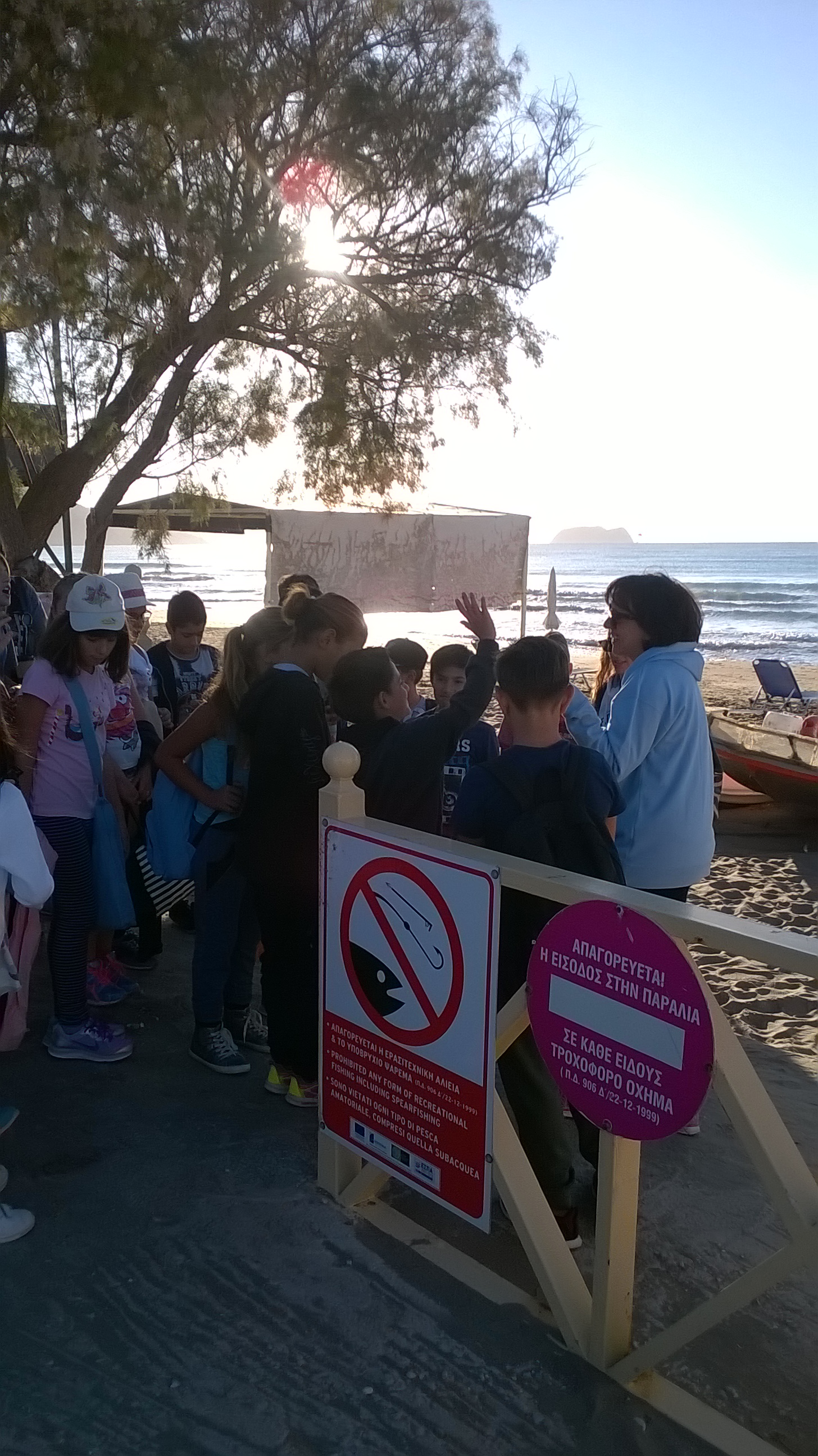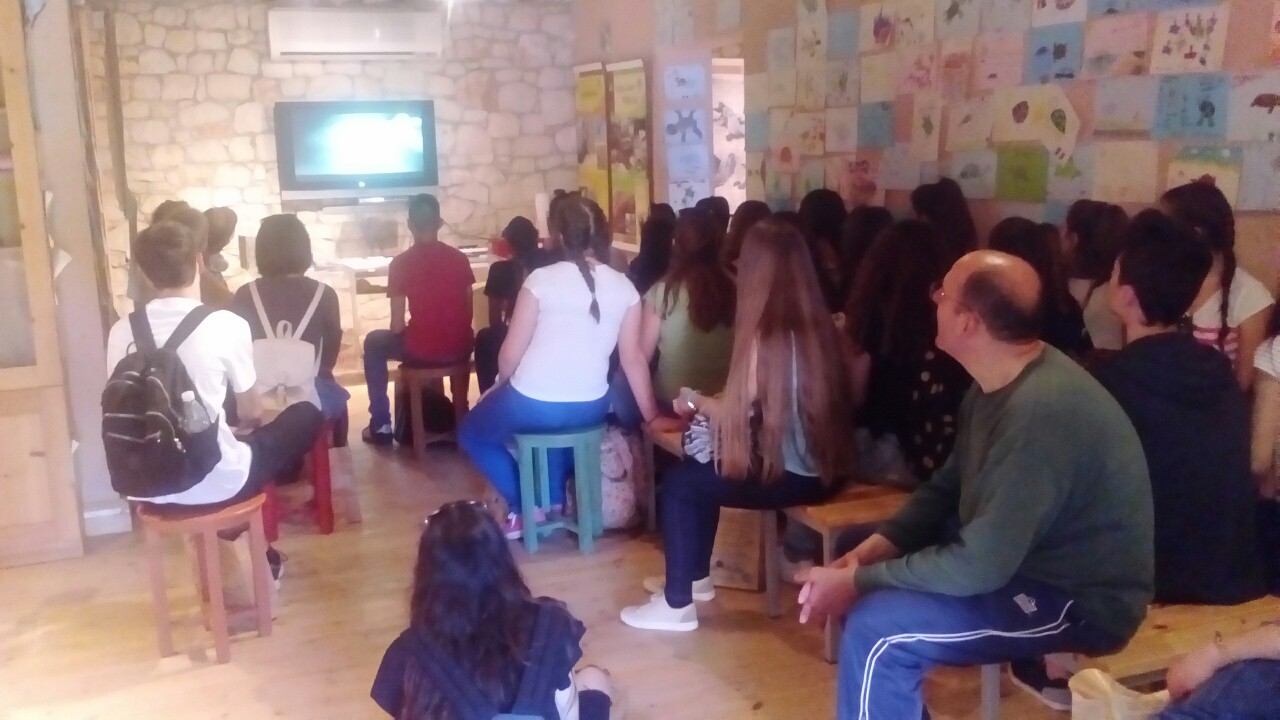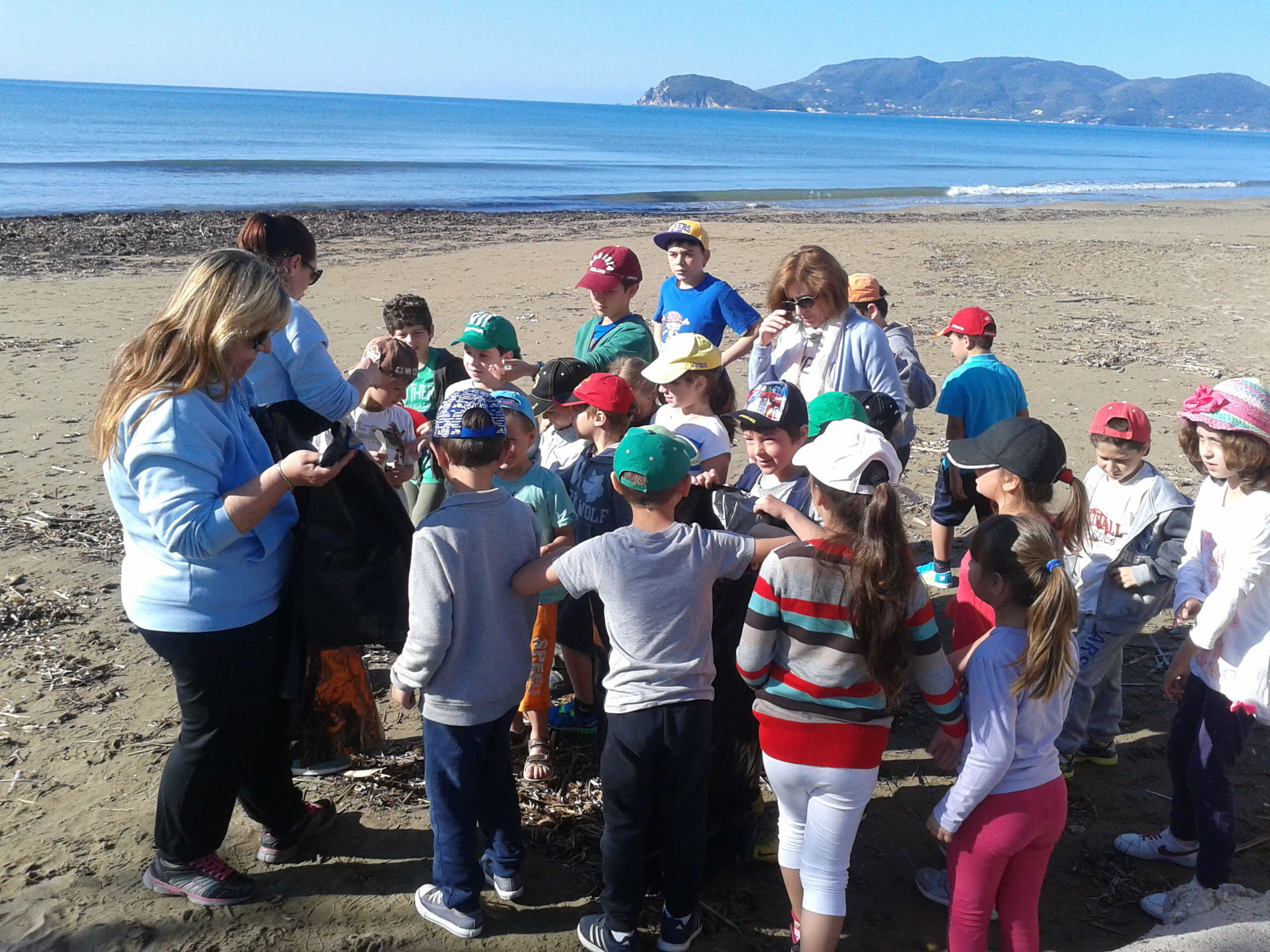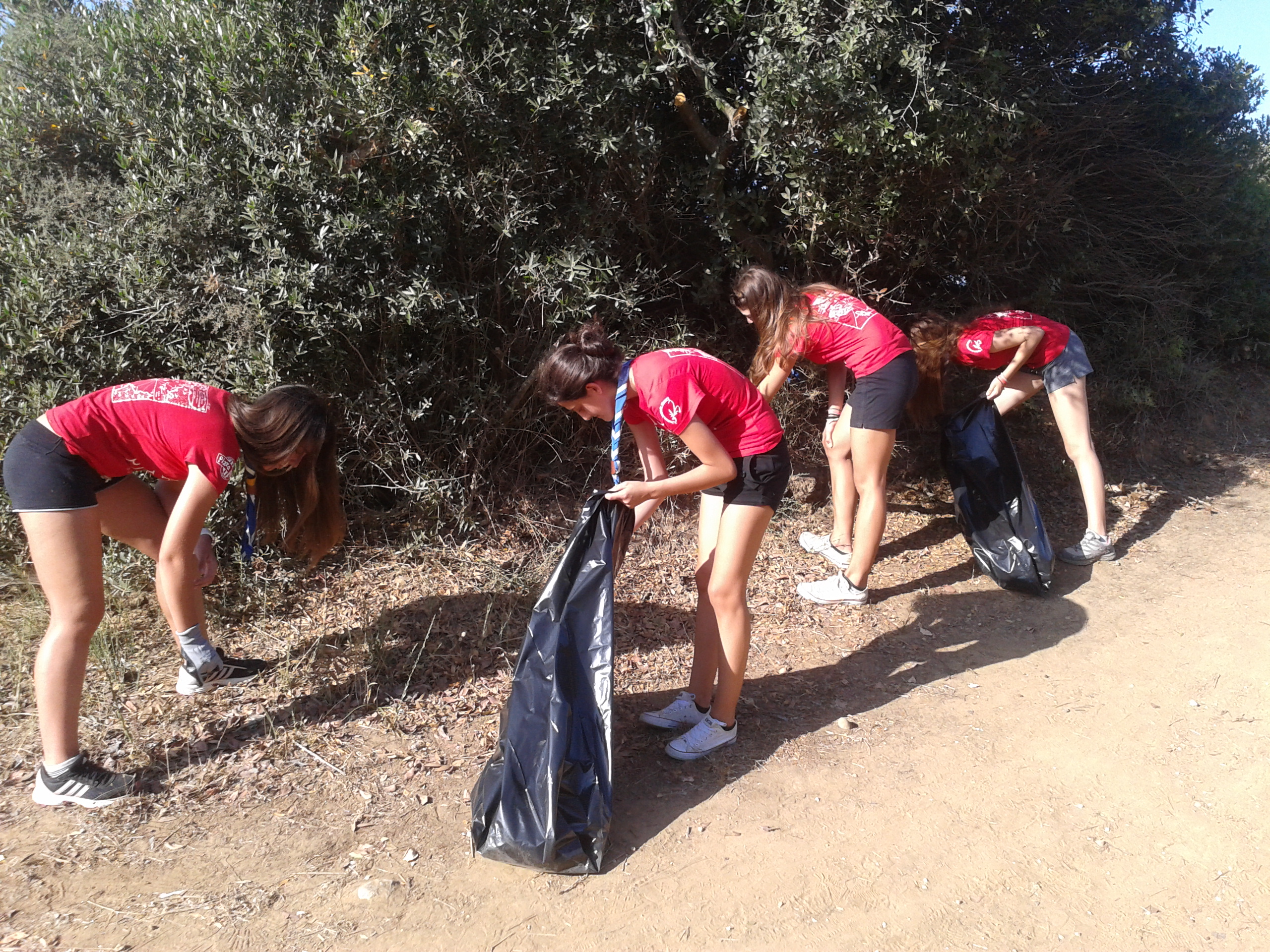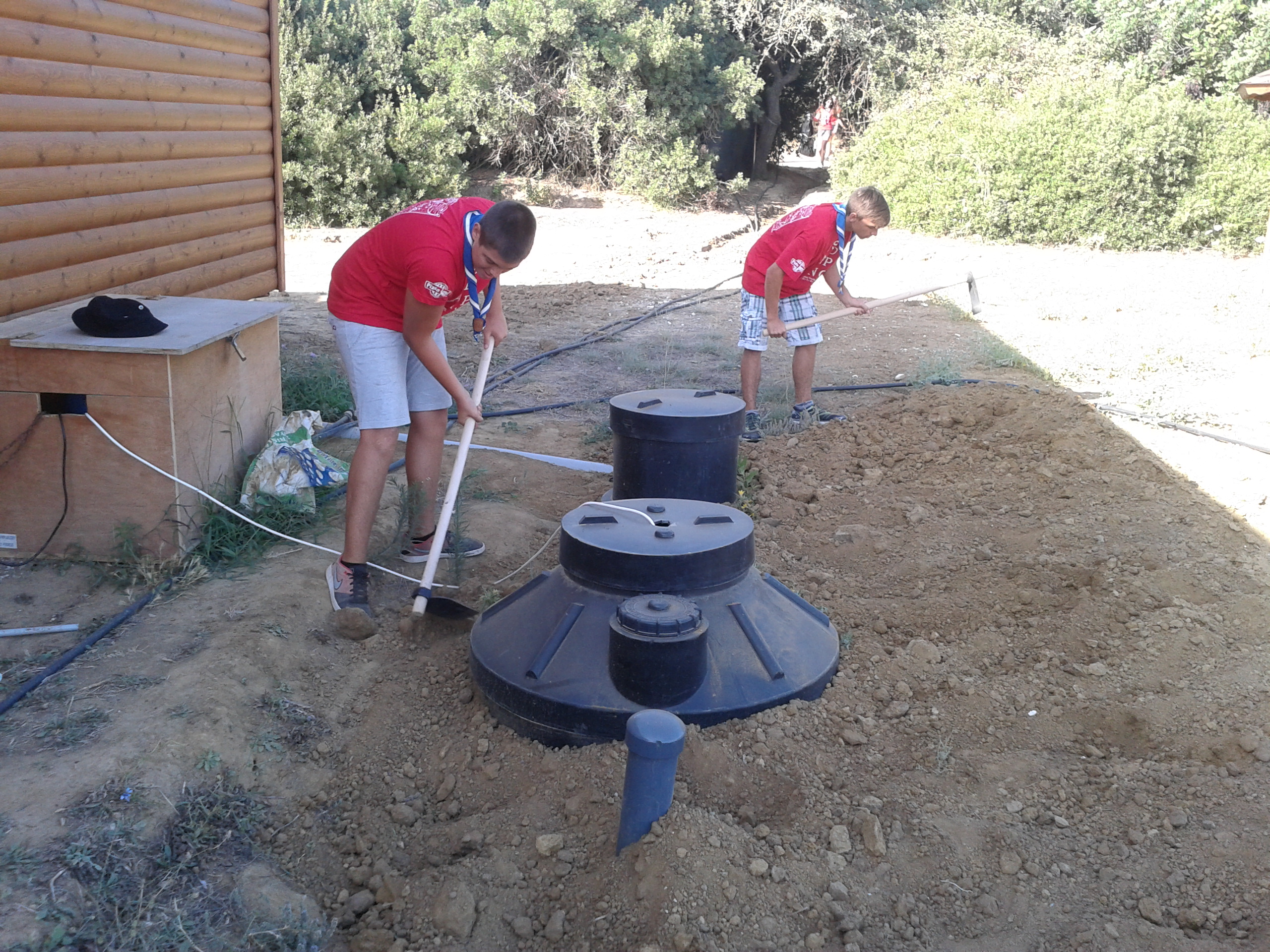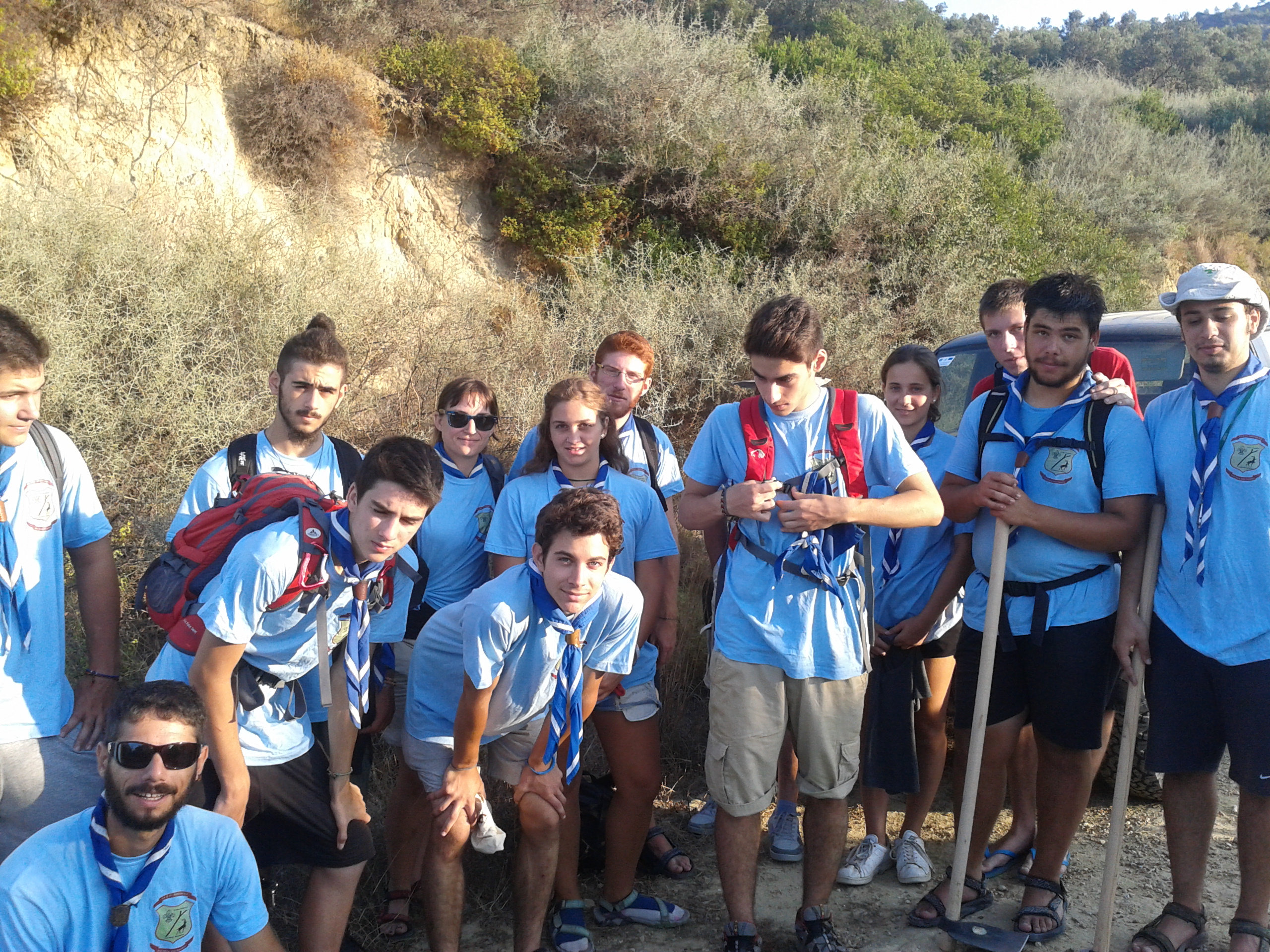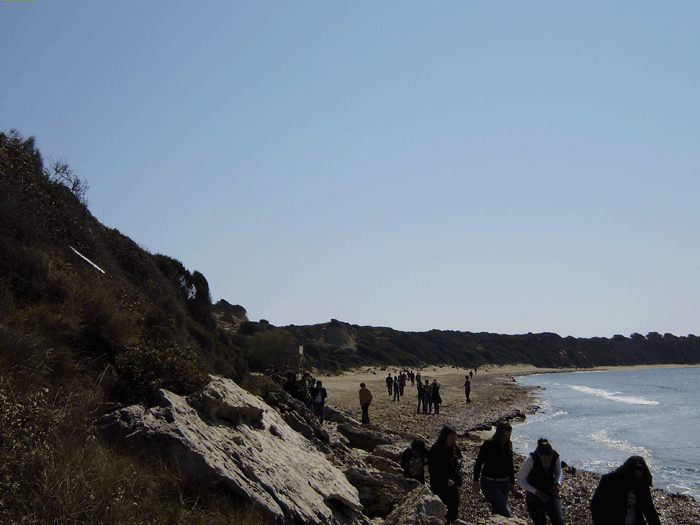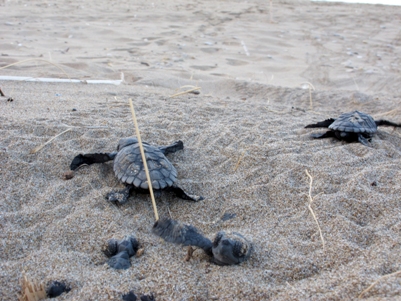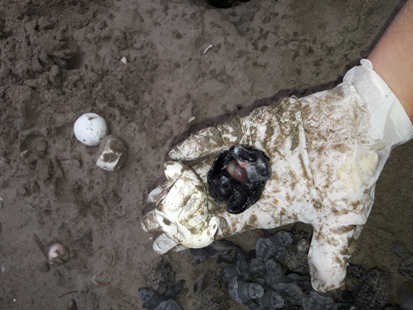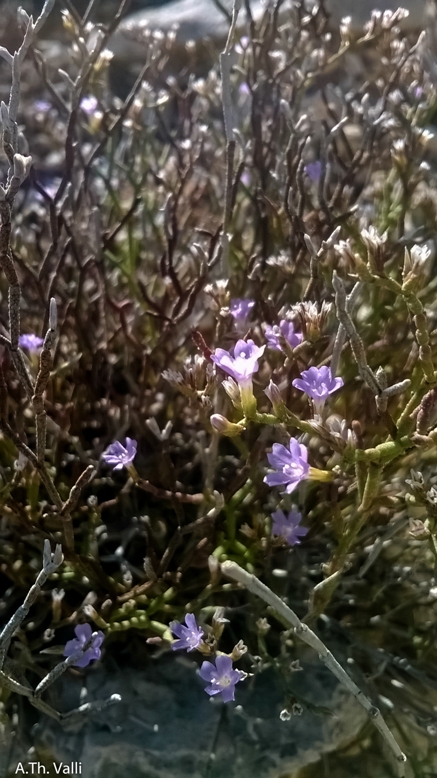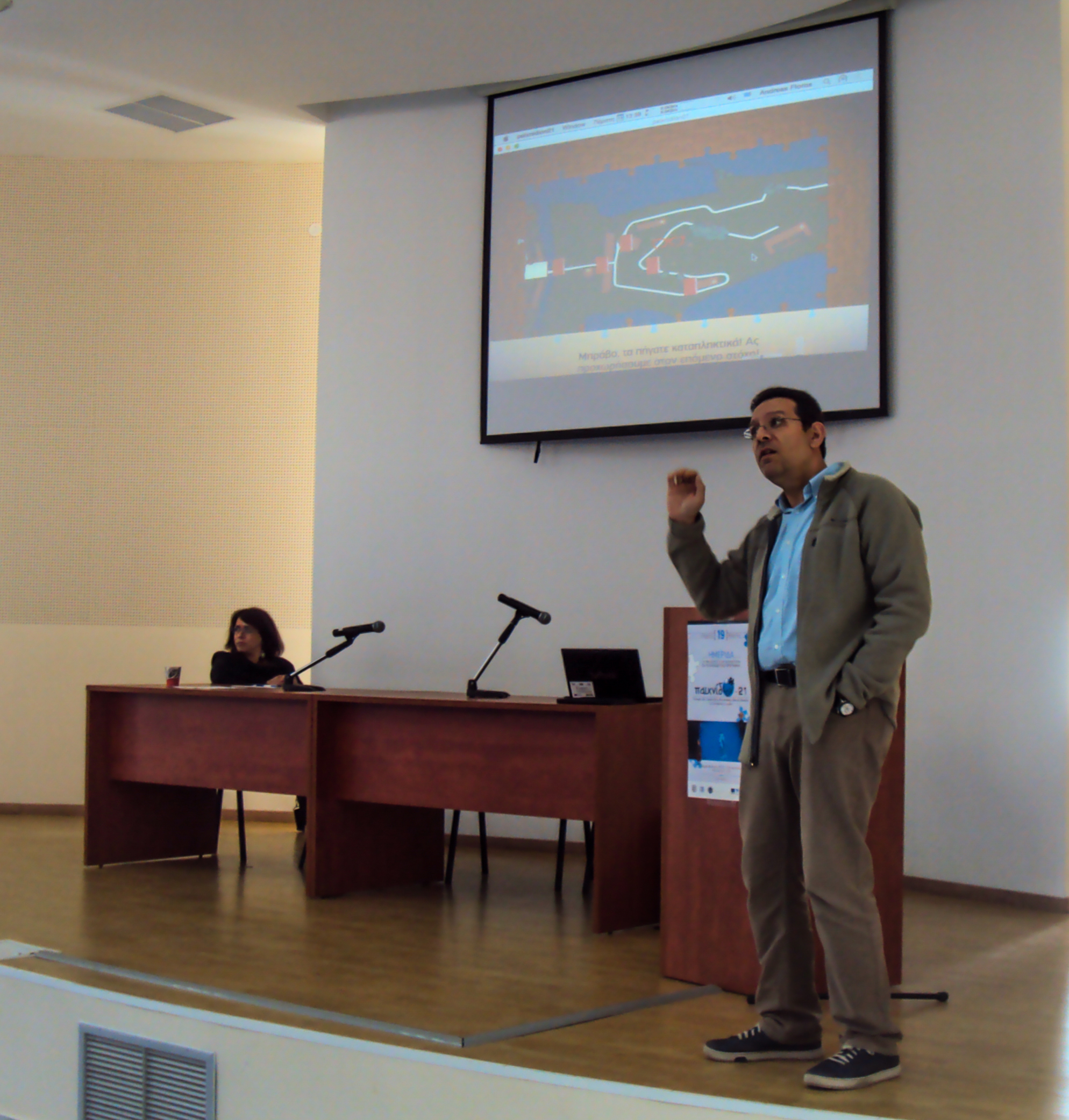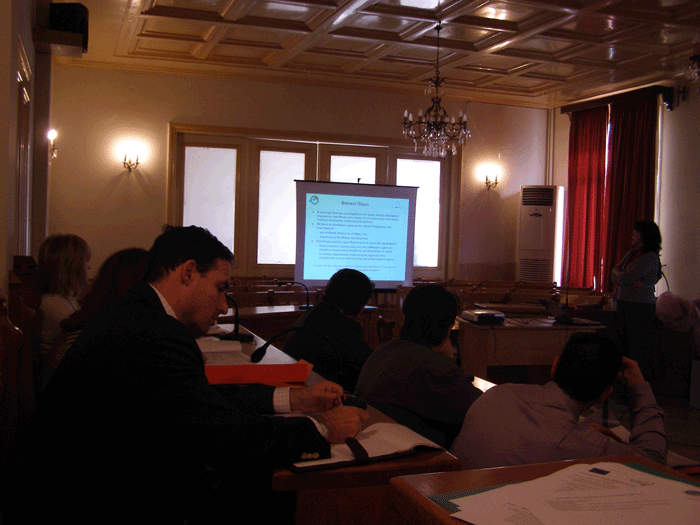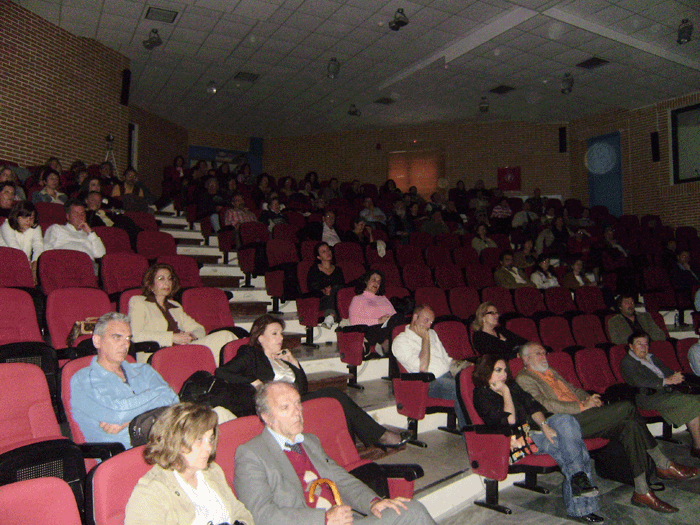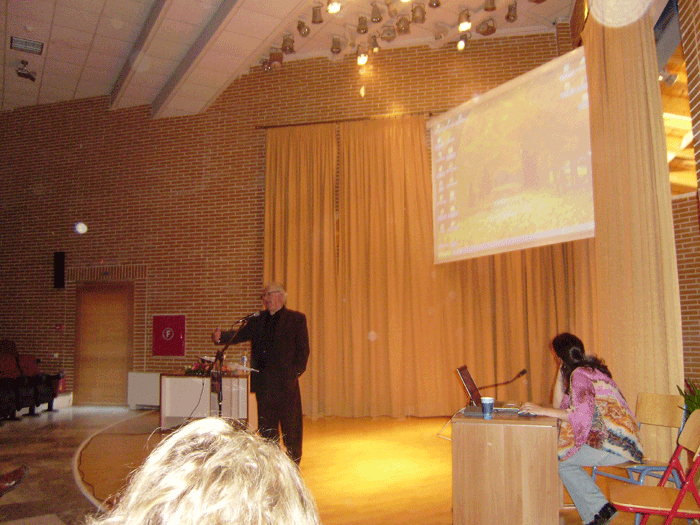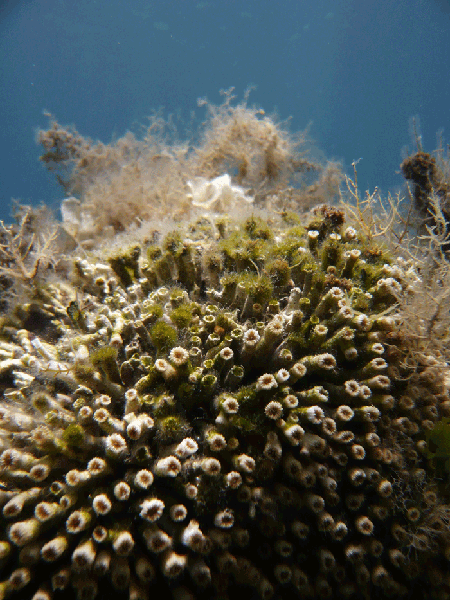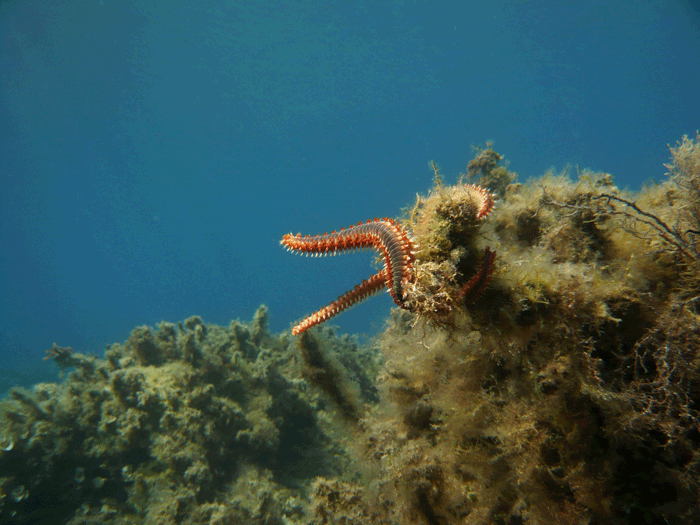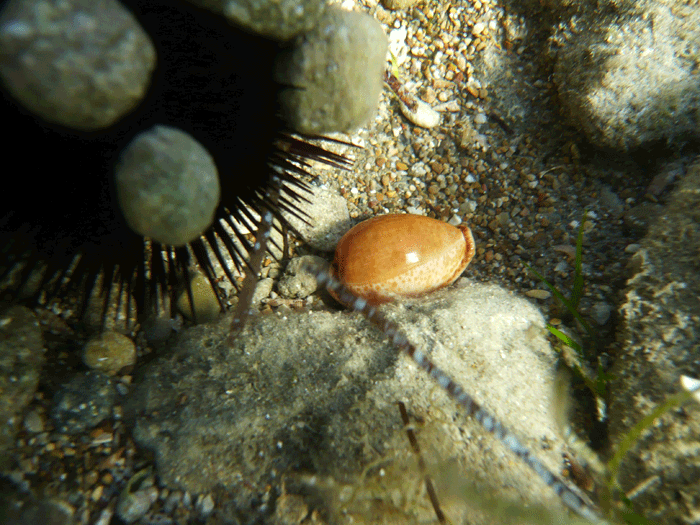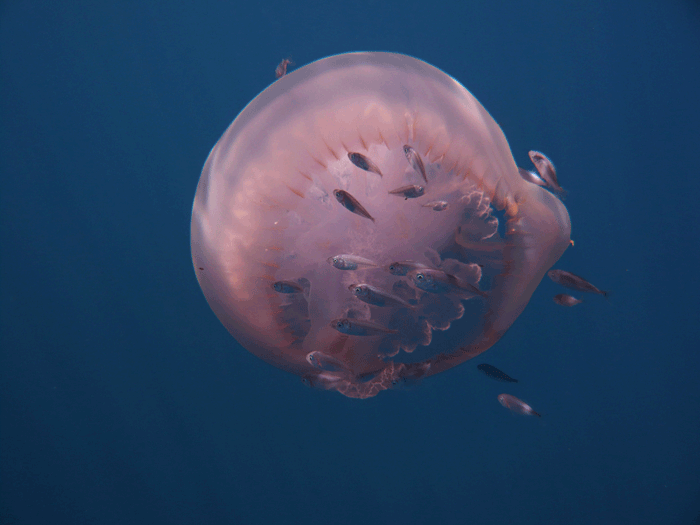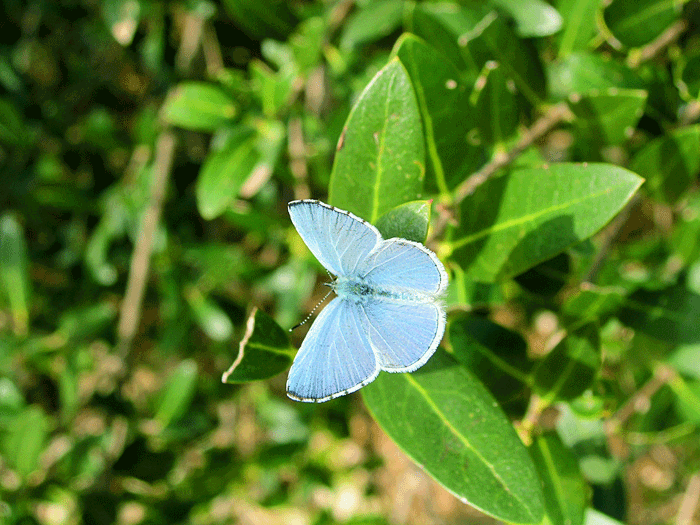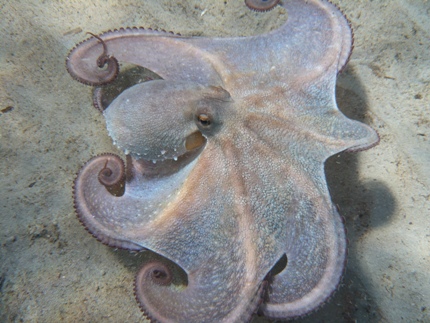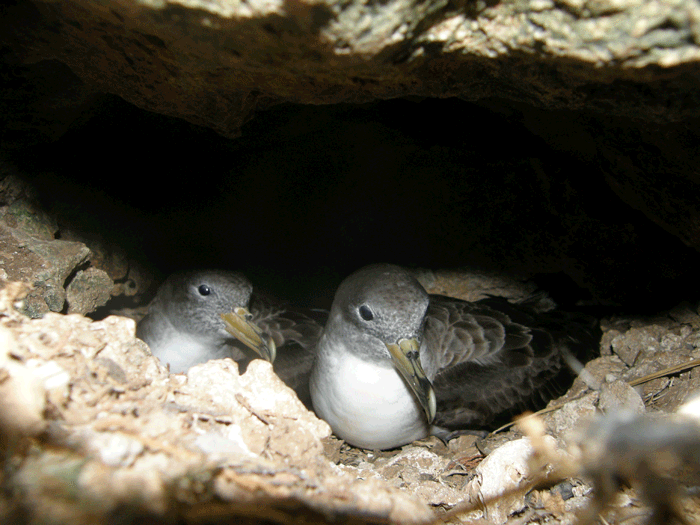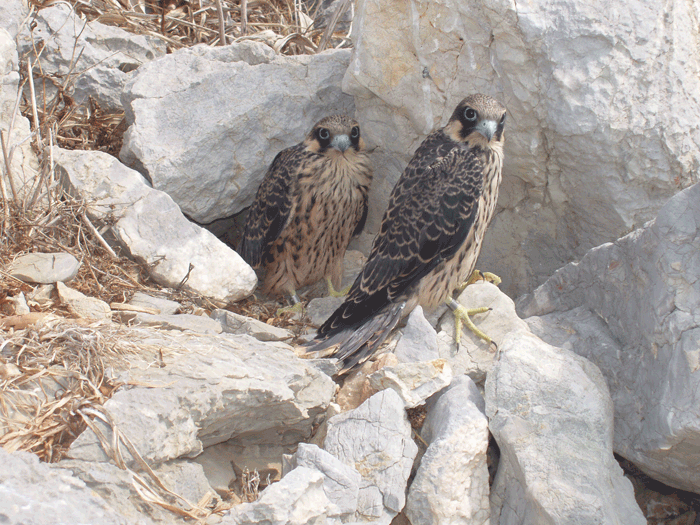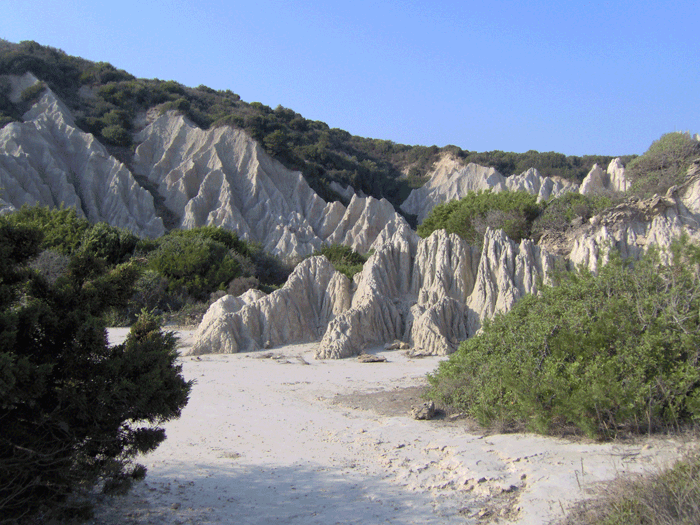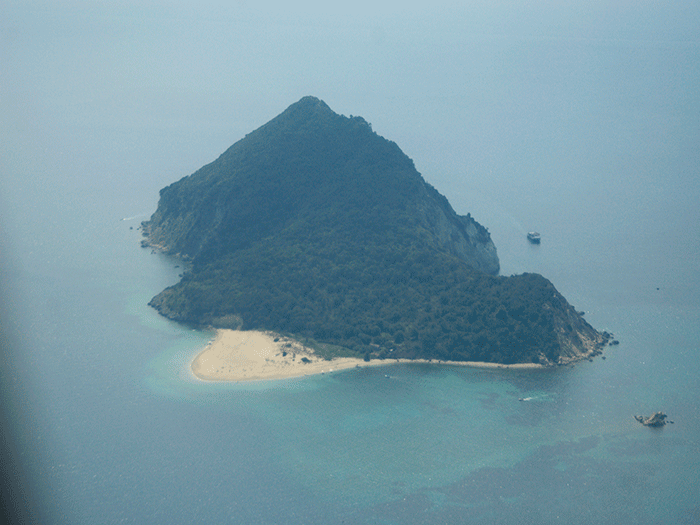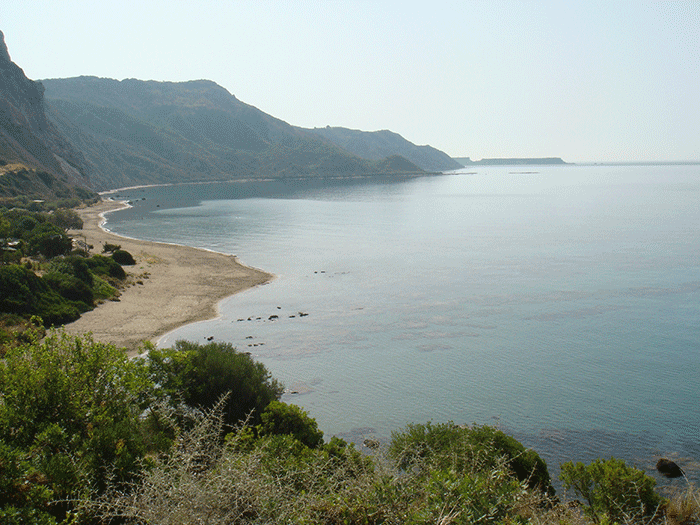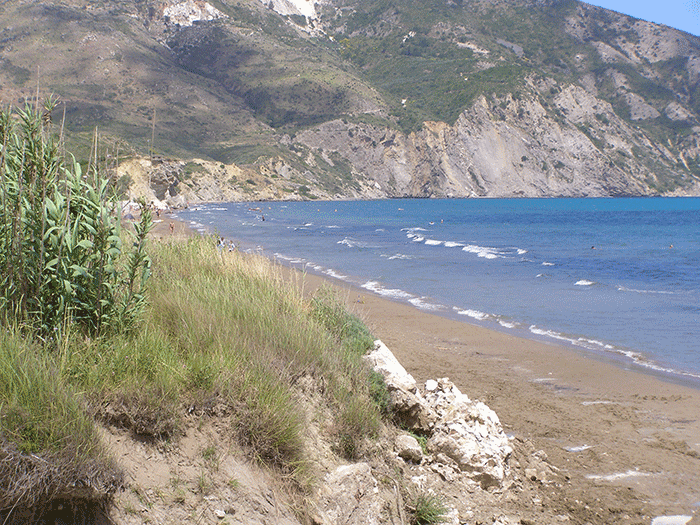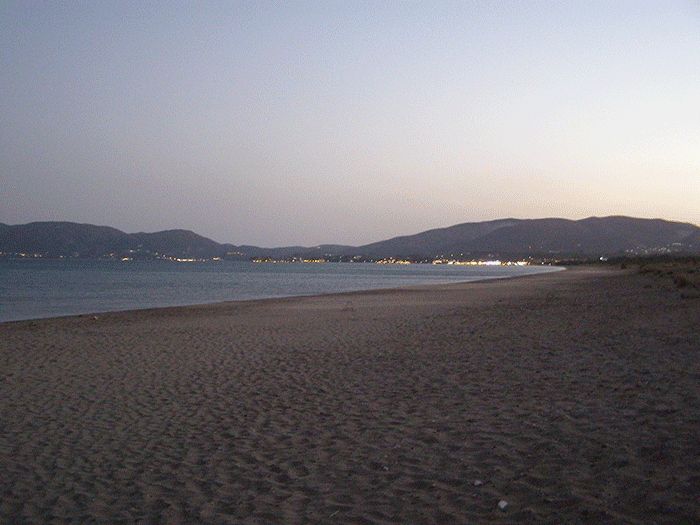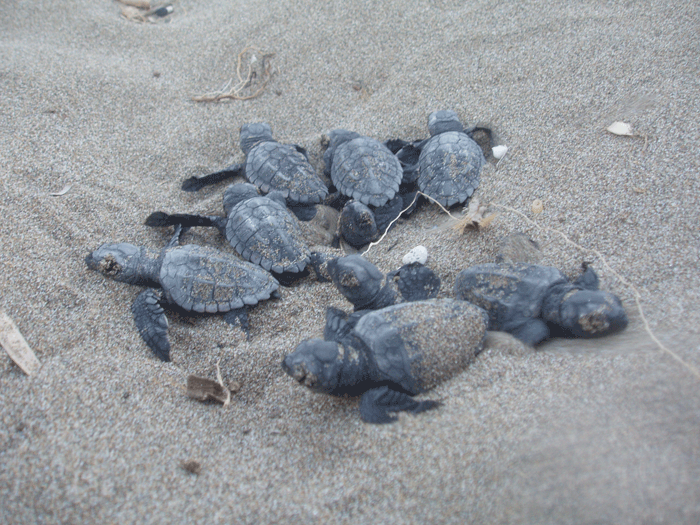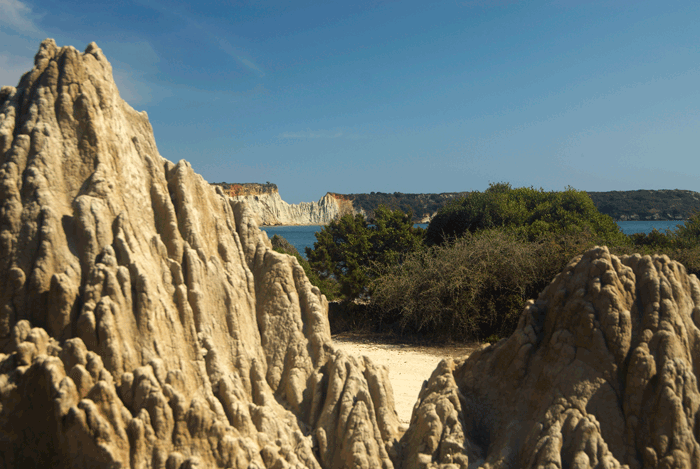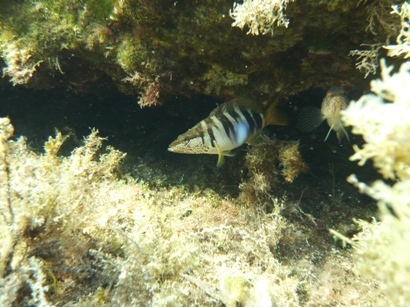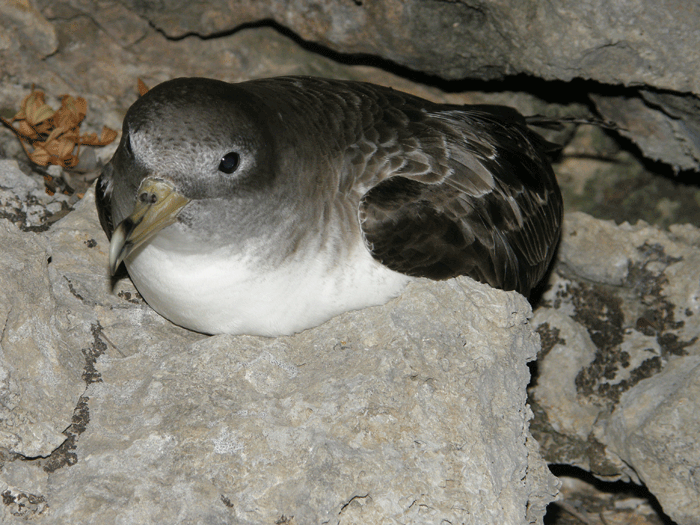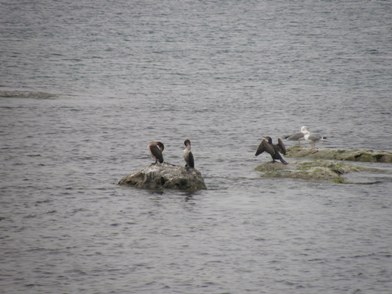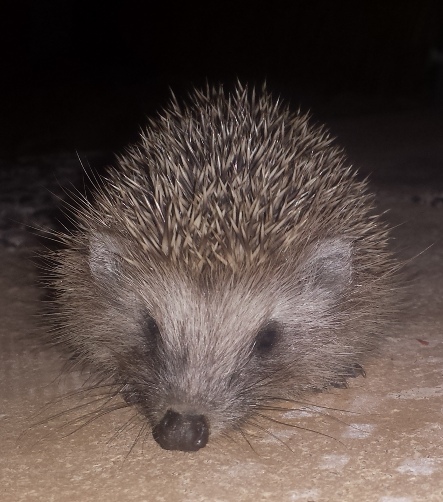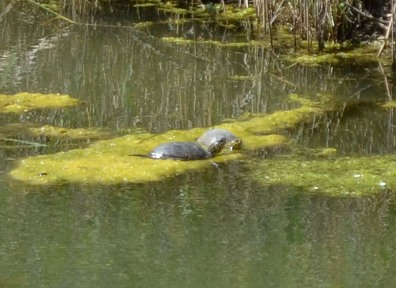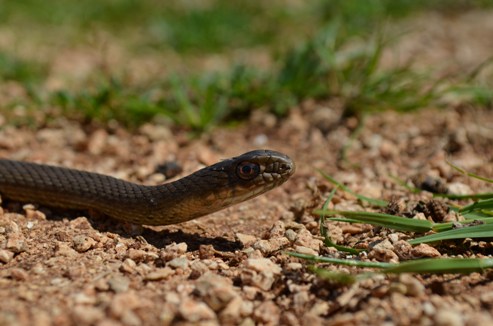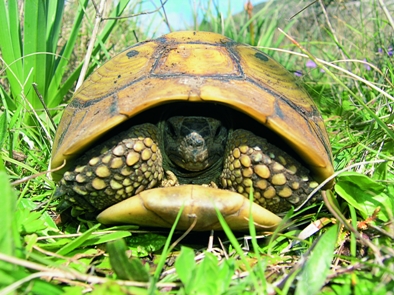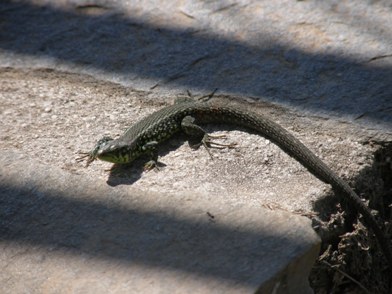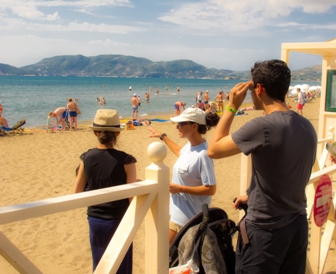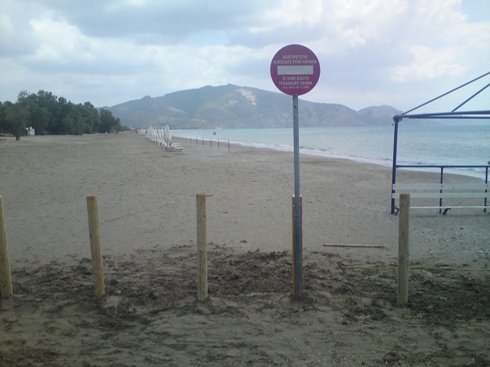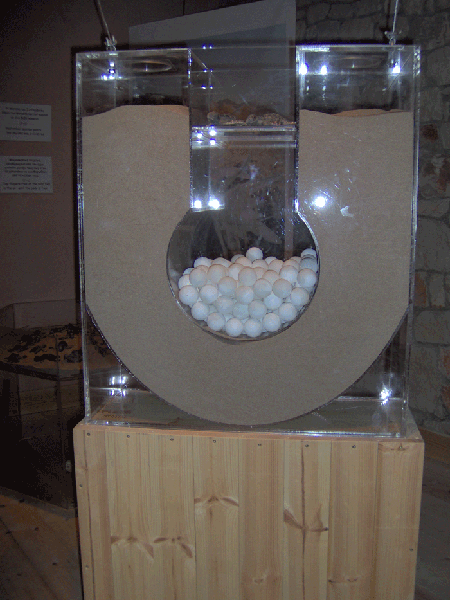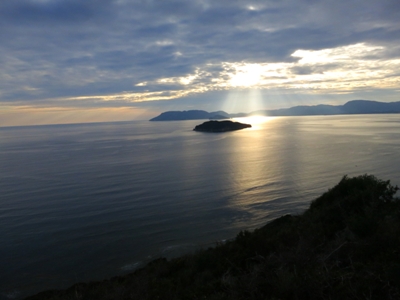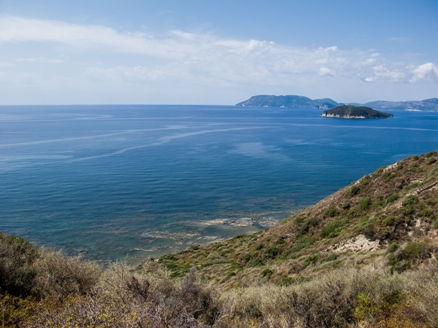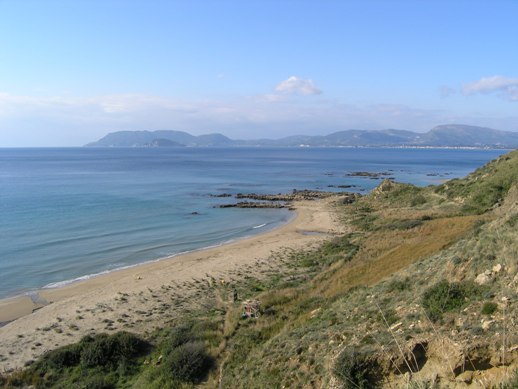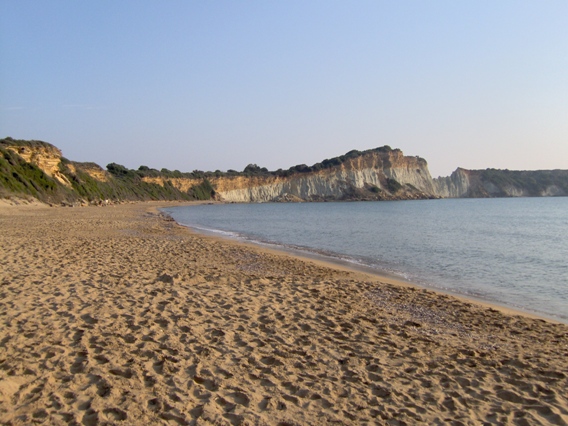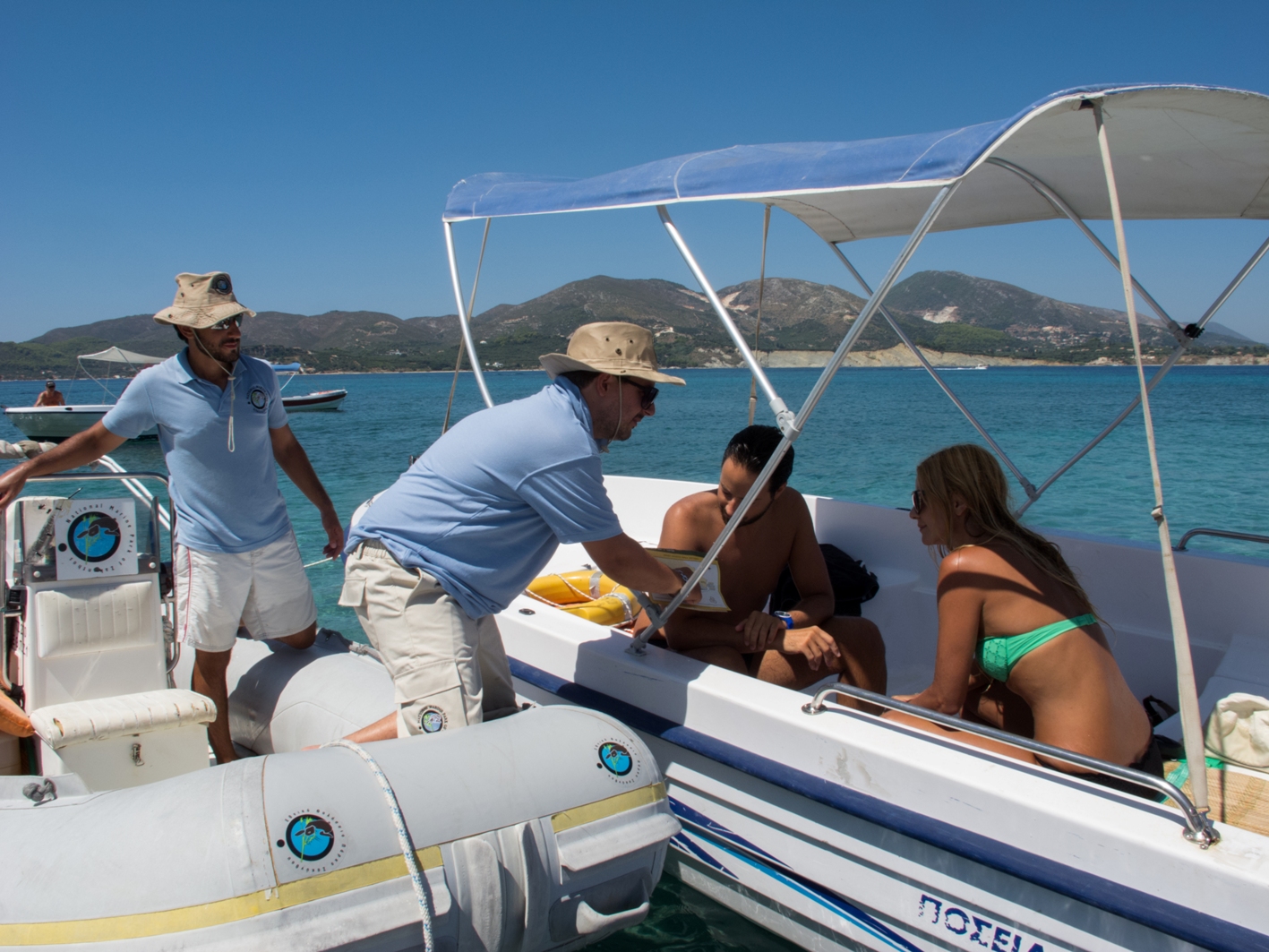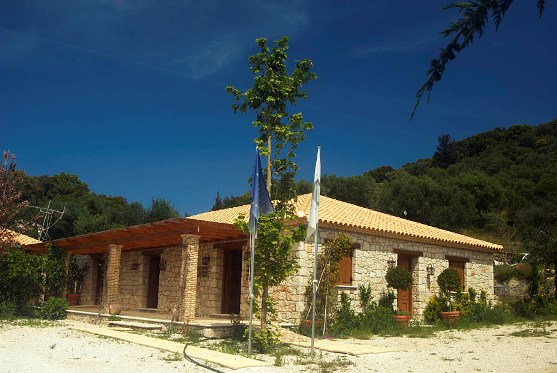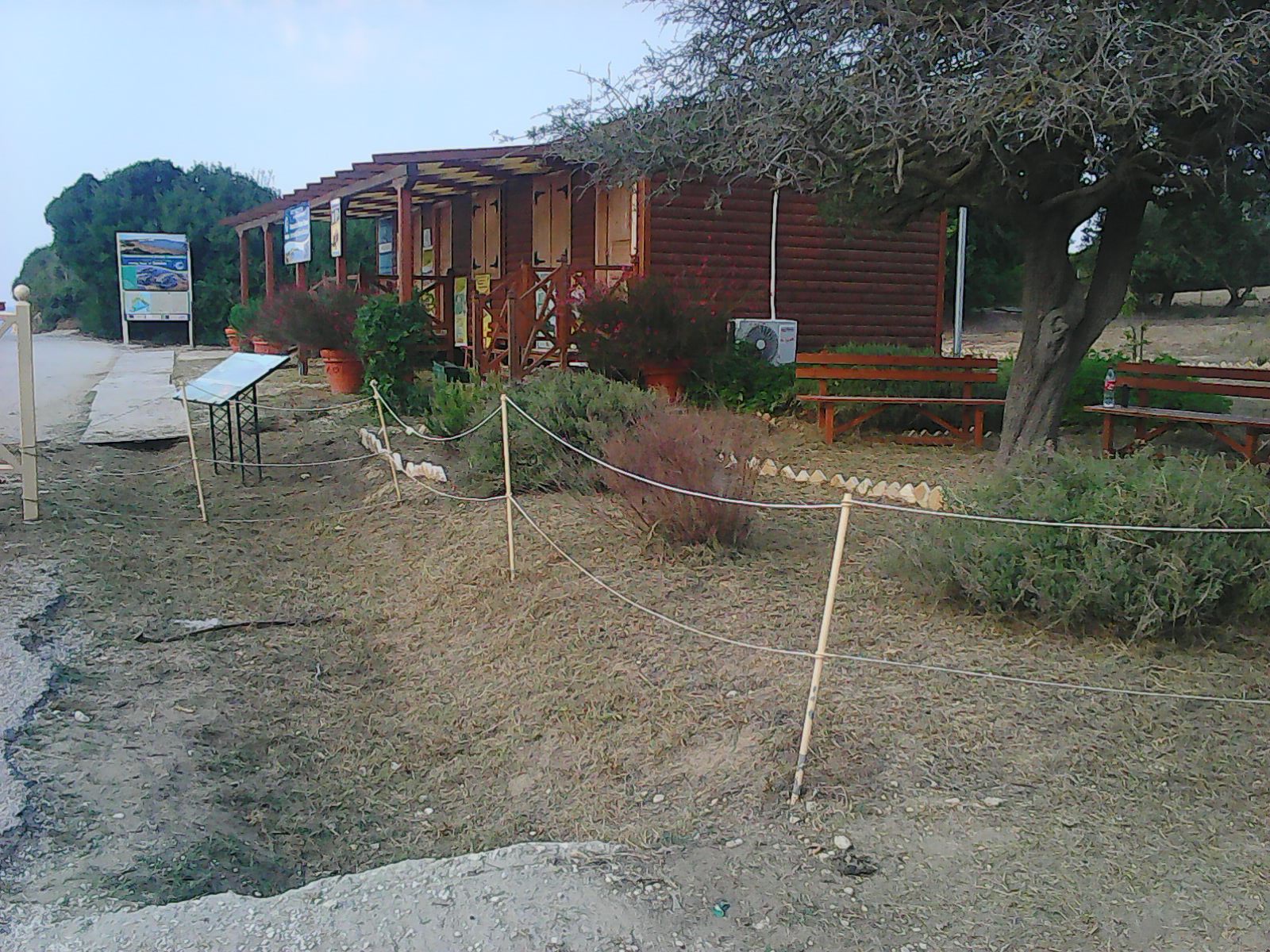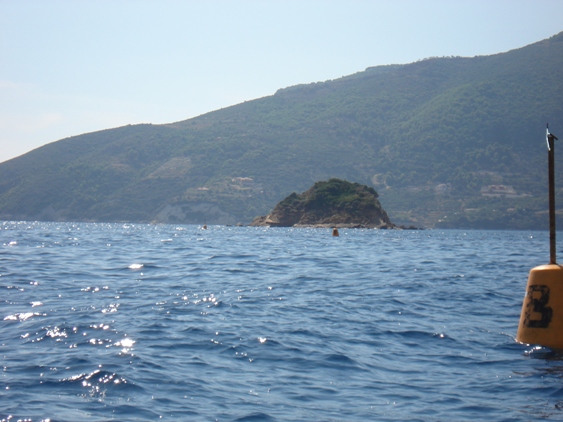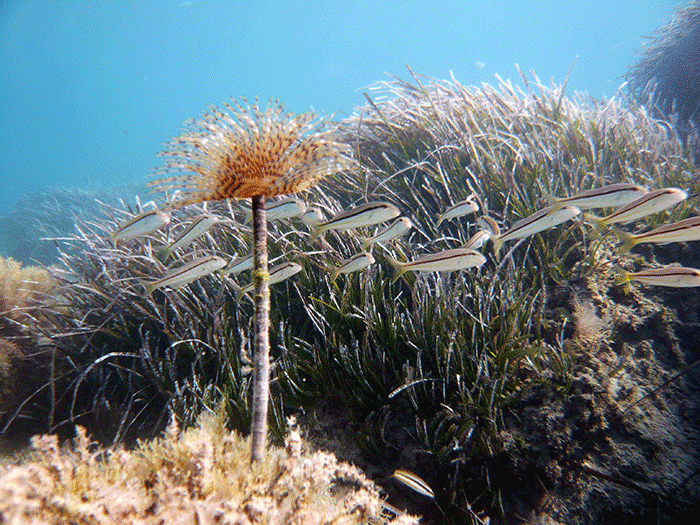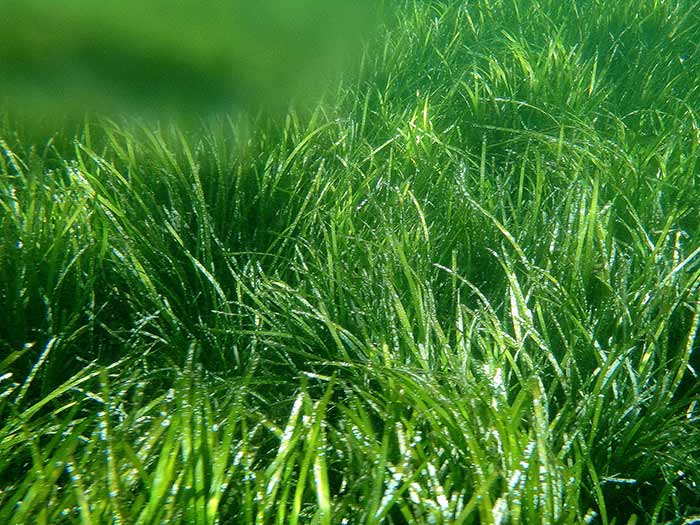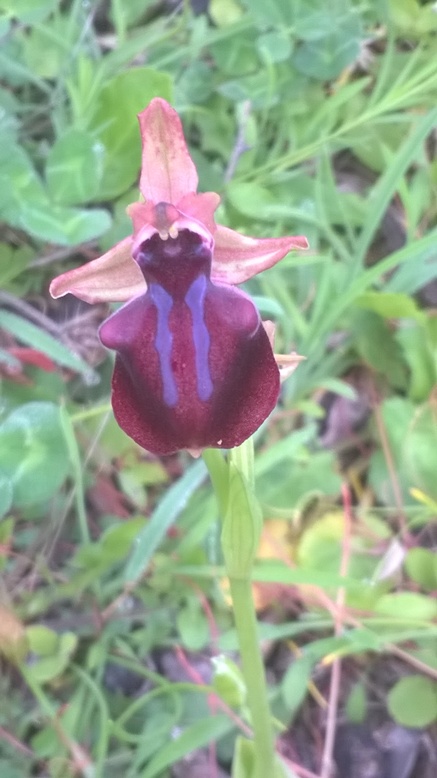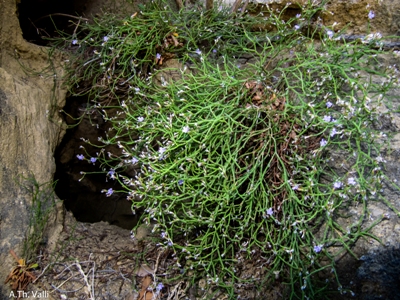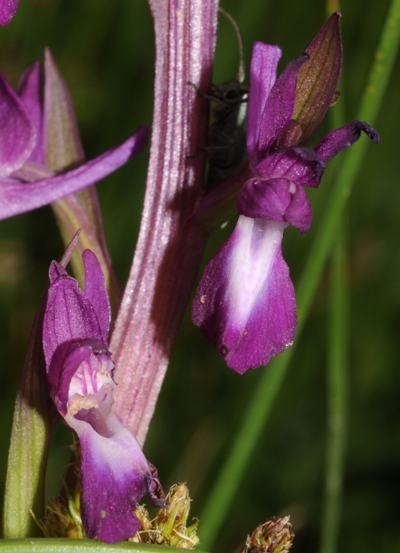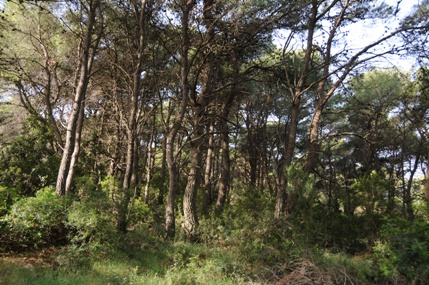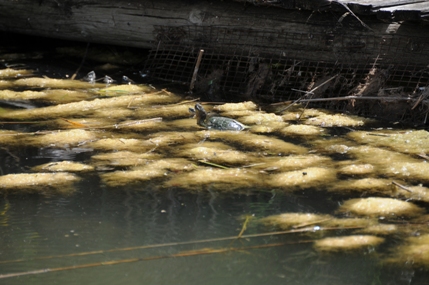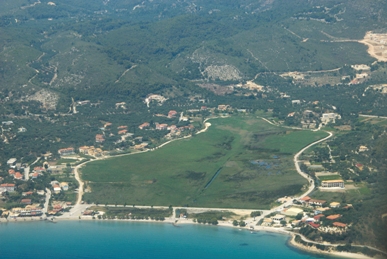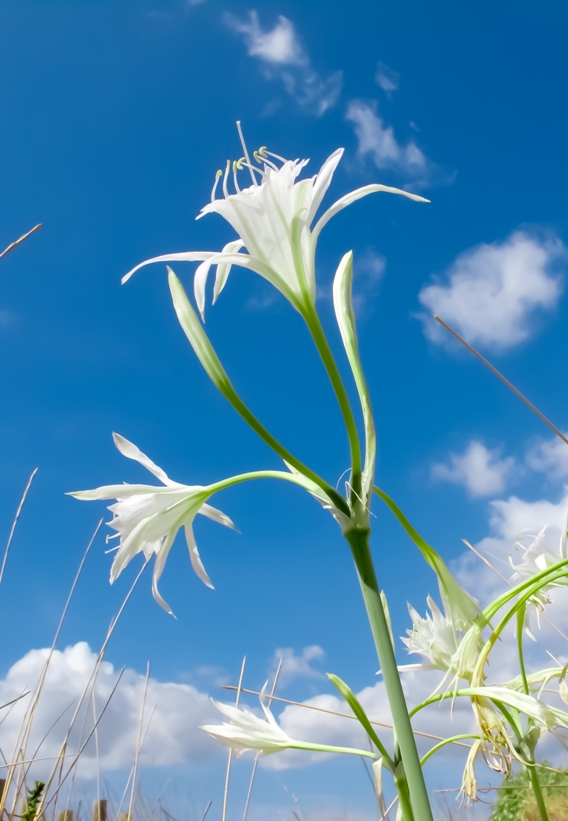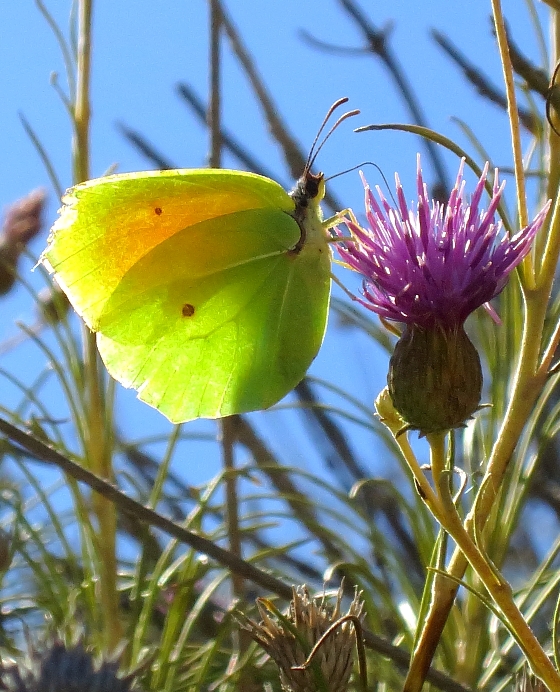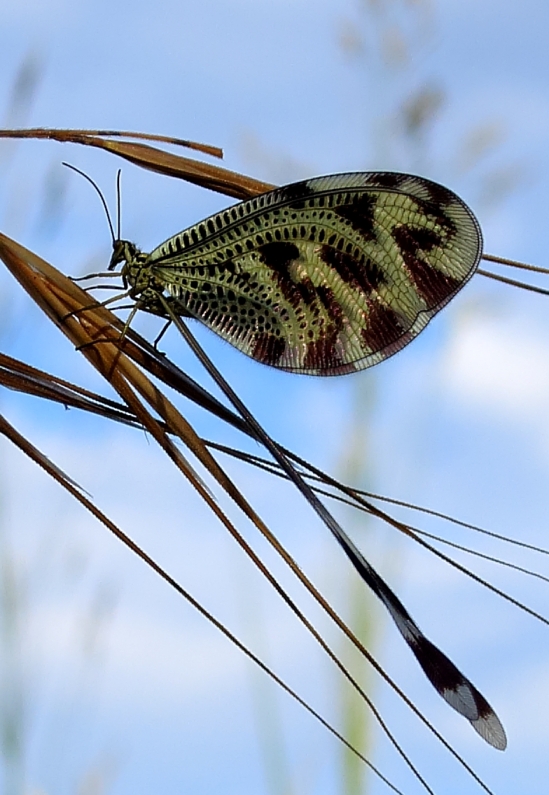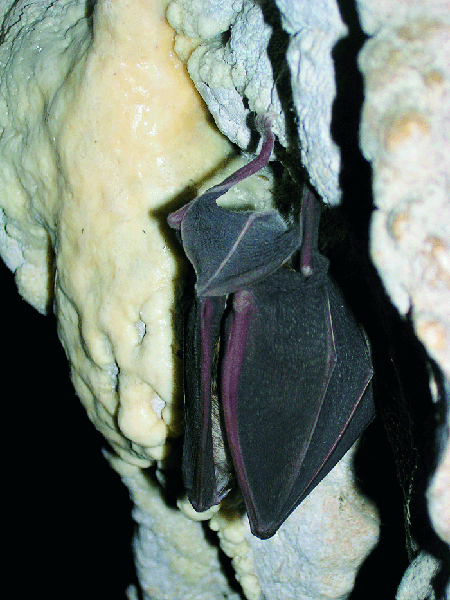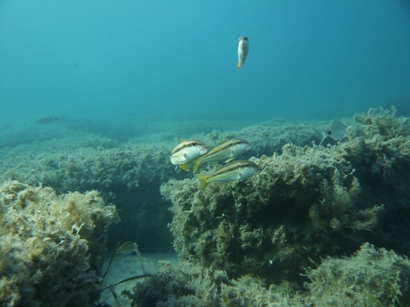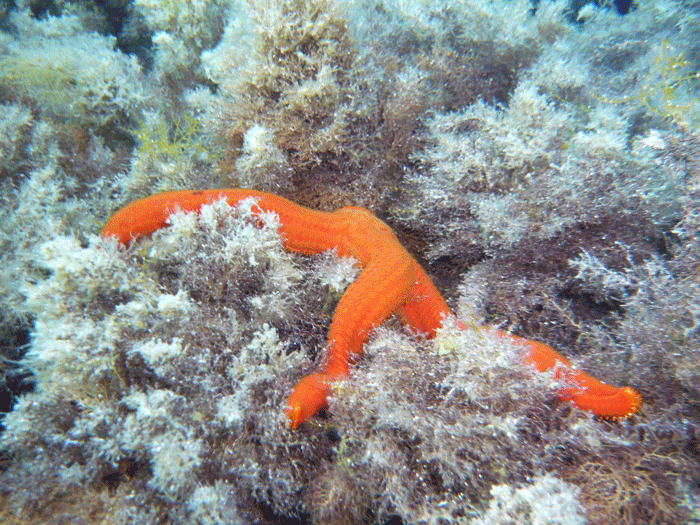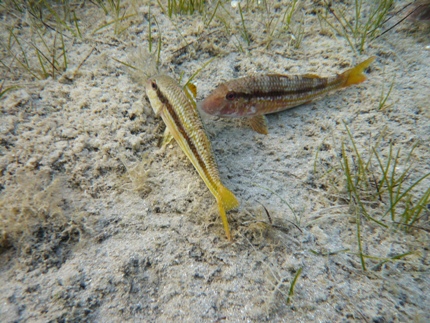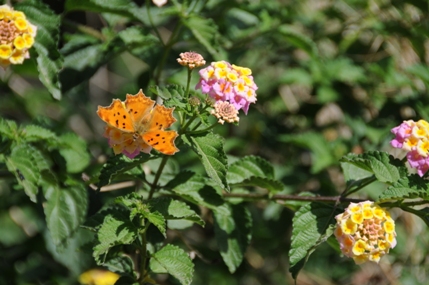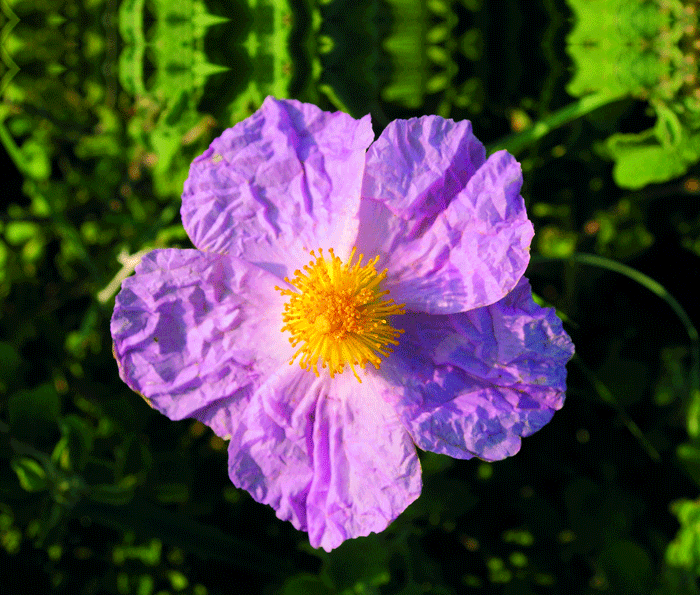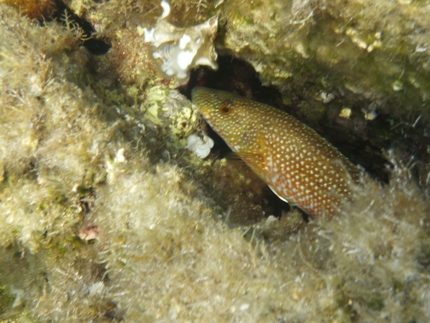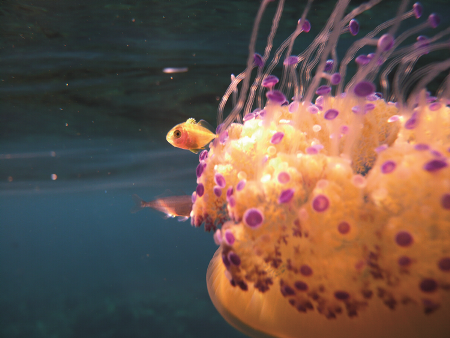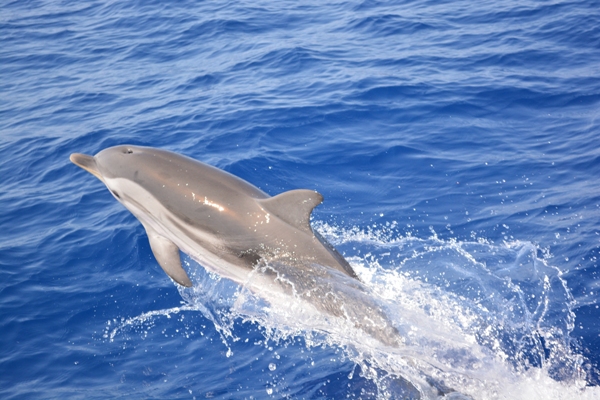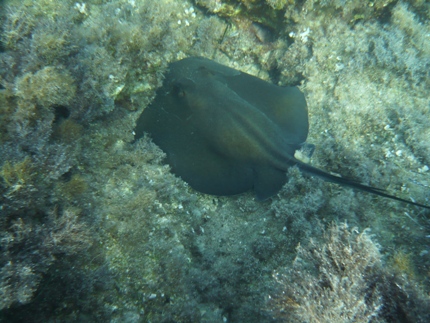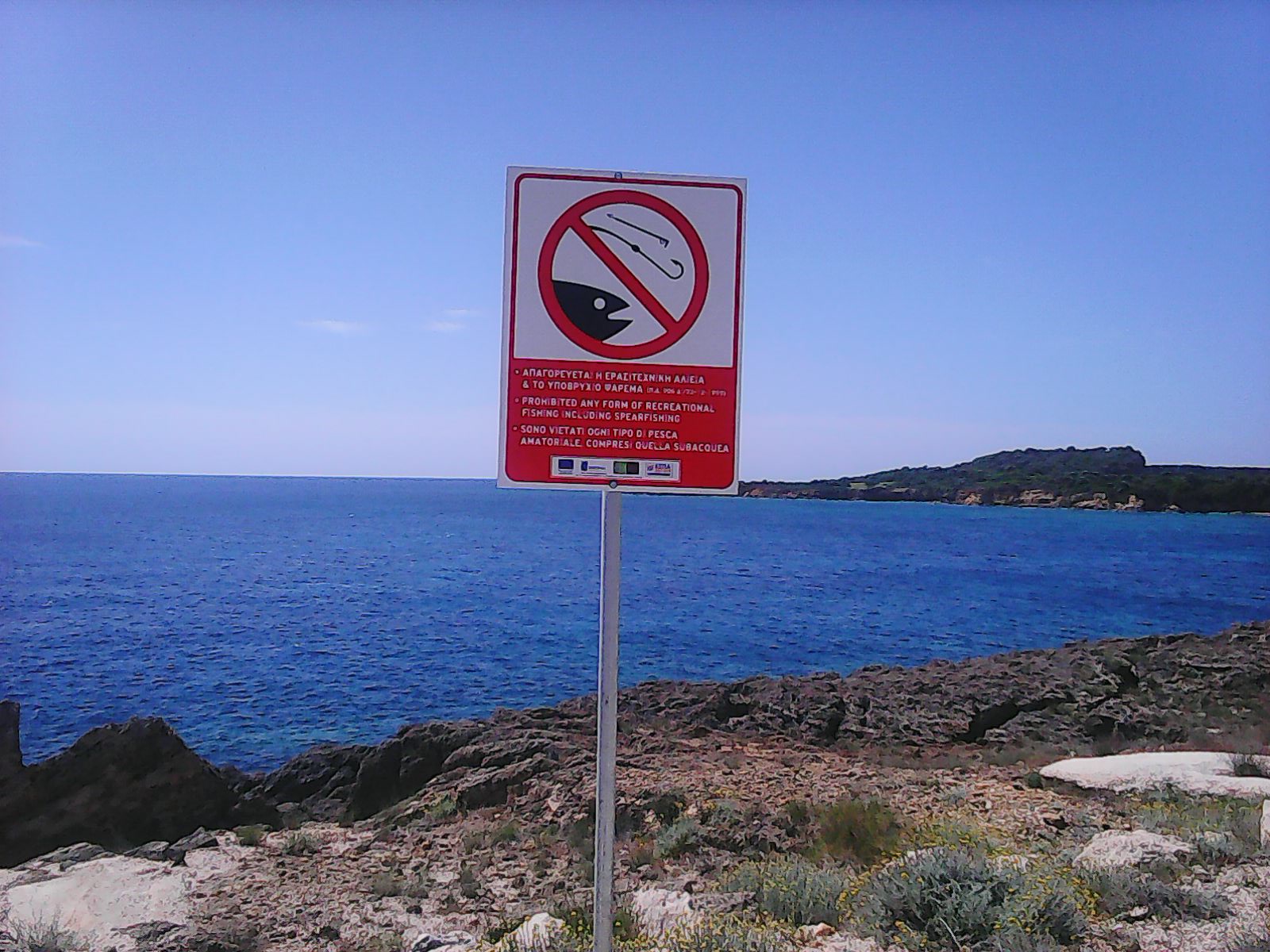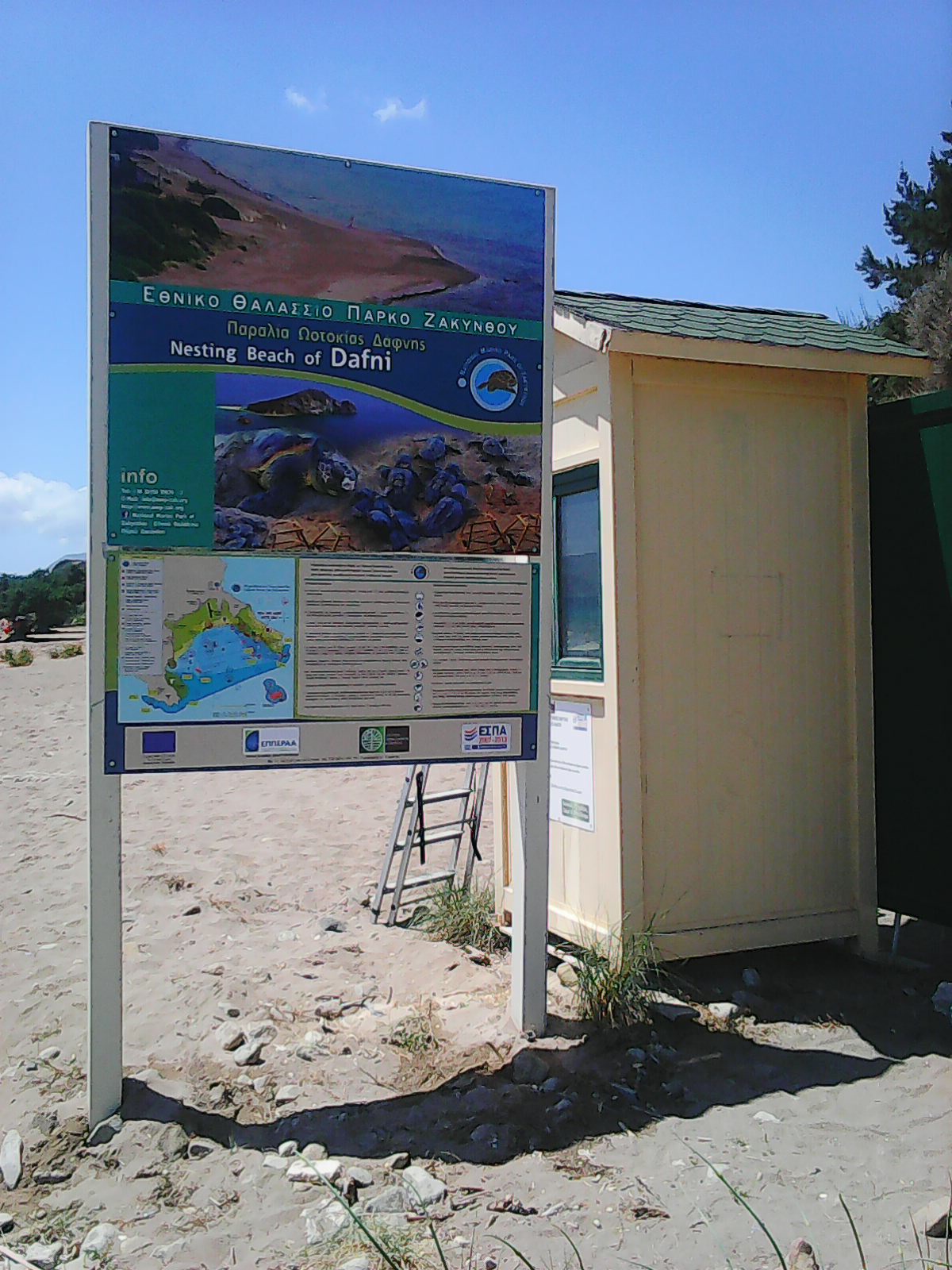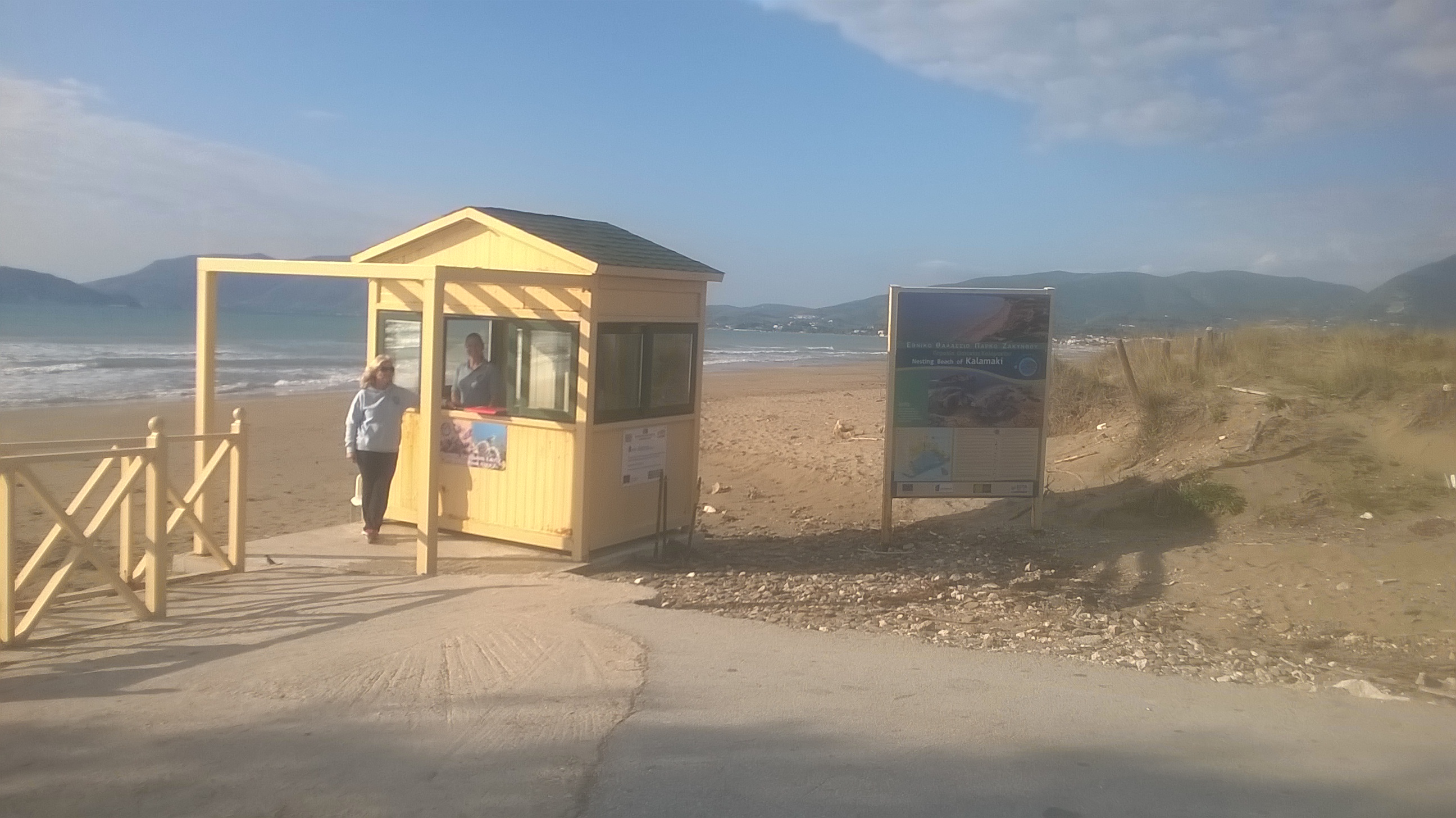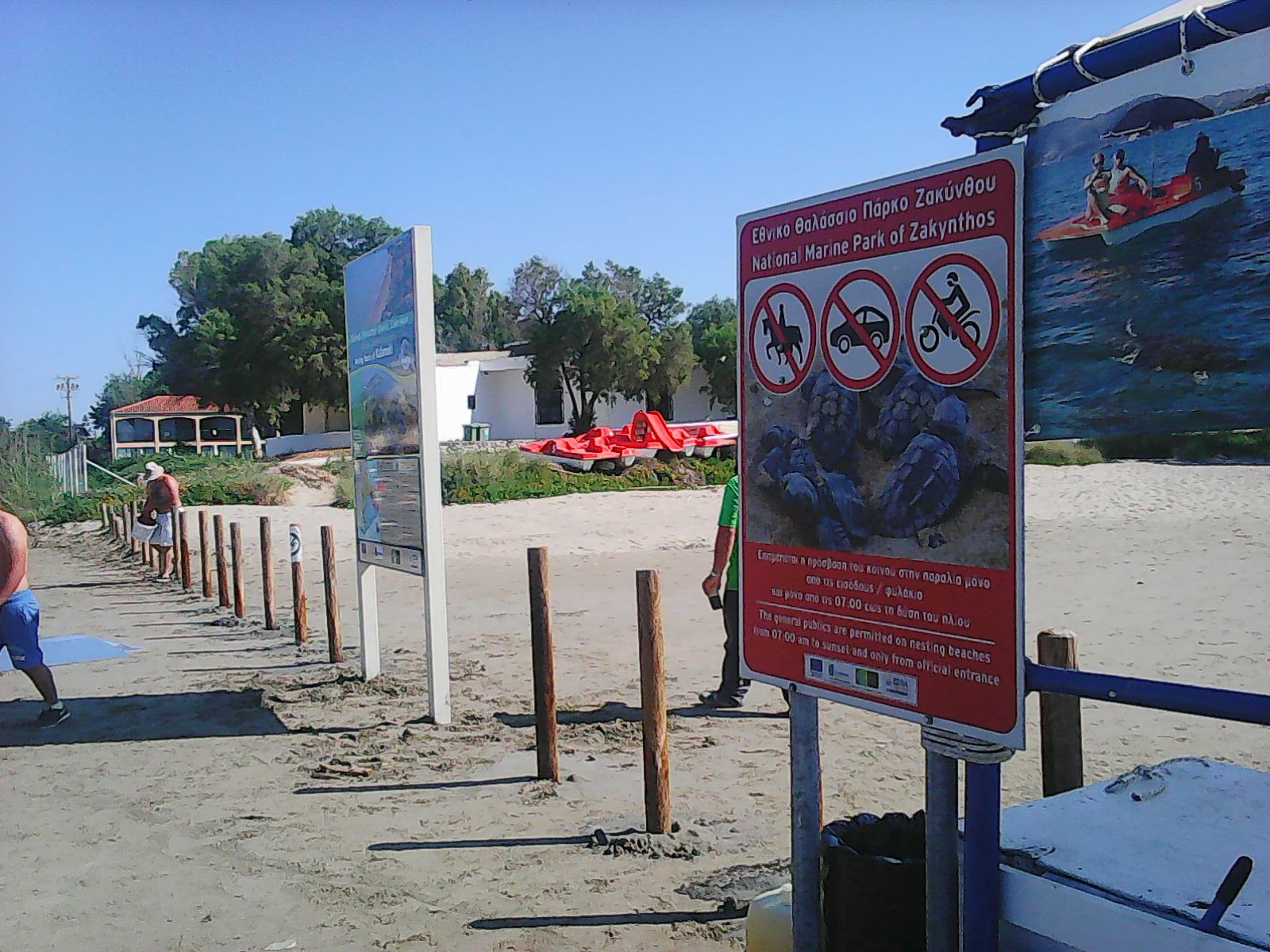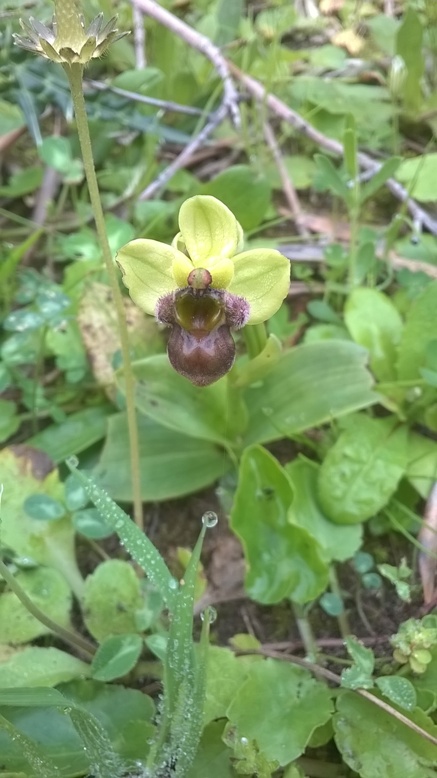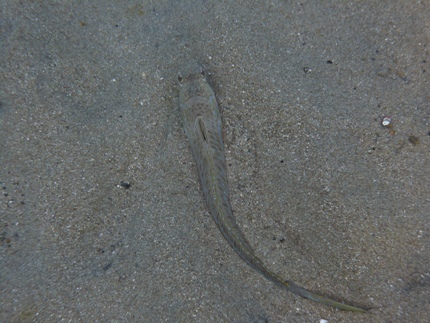The floristic richness of Greece is important, as it includes over 6,500 native plants, while the endemic taxa (species and infra- specific taxa) reach the number of 1,500. This high biodiversity, the largest in the European Union (taking into account the small area of Greece), should be attributed to the variety of bioclimate and geology, as well as to an adventurus paleogeology. The Protected Area of N.M.P.Z., and espacially the coastal and terrestrial ecosystem, as part of this richness, offers a unique experience tyo everyone to navigate the area and discover its special features and get its natural and fragile wealth.
Wetland plants
The Wetland plants vary a lot with respect to their size, biological cycle and adaptations to wetland environment. A variety of different plants may exist in the same wetland, e.g. mosses and deciduous trees. In the N.M.P.Z. Protected Area you will meet 8 different wetlands with the respective plant communities. The most extended Wetland is Keri lake which is unique in Greece due to the natural outflow of petroleum known since antiquity. Various types of marsh vegetation develop in the lake, depending on water quality (fresh or brackish), the duration of inundation and human influence (combustion, filling e.t.c.). The reed (Phragmites australis) is dominant throughout the lake but rushes (Juncus species) and sedges, such Bolboschoenus maritimus and the rare in the area Cladium mariscus, prevail localy.
Chasmophytes of the Rocky Shores
Coastal rocks are inhabited by the chasmophytes, adapted to the adverse conditions. At rocks substantially subject to sea spray, halophytic communities develop with species such as Crithmum maritimum, Lotus cytisoides, Arthrocnemum macrostachyum (Sekania), Matthiola sinuata (Peluzo, Agios Sostis), Capparis spinosa (Gerakas) and the Zakynthos endemics Limonium zacynthium and L. phitosianum. At the limestone coastal cliffs (Keri, Marathonisi, Peluzo), at zones not influenced by sea spray, a rich chasmophytic vegetation develops characterised by the species Ptilostemon chamaepeuce, Jacobaea maritima subsp. bicolor, Brassica cretica subsp. aegaea, Putoria calabrica and the Greek endemic Dianthus fruticosus subsp. occidentalis. At Keri area we meet the rare species Asperula naufraga (endemic to Zakynthos), Stachys ionica (endemic to the Ionian region), Teucrium halacsyanum (Greek endemic). Pines and junipers and the rare Hypericum aegypticum often descent to the steep rocks.
Sandy Coastal Vegetation
At the upper part of the drift line, only annual halo-nitrophilous species survive, like Cakile maritima and Polygonum maritimum. Immediately behind this, the sand dune ecosystem begins, with the first line of moving dunes. Here, the "sand stabilizers", specialized plants that ancor the sand, form "embryonic dunes", like the sand couch grass (Elytrigia juncea), or larger white dunes, like marram grass (Ammophila arenaria), which occurs only at the extended beach of Laganas. Other ammophilous species occuring on Zakynthos dunes are Cyperus capitatus, Echinophora spinosa, the sea lily (Pancratium maritimum) and the sea holly (Eryngium maritimum). Behind the moving dunes, the fixed grey dunes are formed, with small bushes such as Helianthemum nummularium and the thyme (Coridothymus capitatus) at Laganas or with perennial herbs like Verbascum sinuatum and Centaurea seridis subsp. sonchifolia at Marathonisi. At more humid sites, especially at wet dune slacks, there are hydrophilous species such as the sedges Bolboschoenus maritimus and Scirpoides holoschoenus. Scrub with lentisc, myrtle and the large berried prickly jumiper (Laganas) or the Phoenicean juniper (Vasiliskos) develops at the upper parts of higher, relatively stable, dunes.
Scrub Vegetation
The scrub vegetation of the area includes mainly evergreen sclerophyllous scrub, where species of the class Quercetea ilicis dominate and low bush, where species of the class Cisto-Micromerietea dominate. The typical species of the phrygana vegetation (height <0.6 m) are Coridothymus capitatus, Cistus creticus, Erica manipuliflora and the rare in Greece Hypericum aegypticum. There is also Euphorbia dendroides scrub (Laganas, Marathia, Marathonisi), which is rare in the Ionian region. Phoenicean juniper (Juniperus phoenicea) matorral is either arborescent (height >1,5 m), e.g. westward of Geraka up to Dafni and Sekania, or medium to low height and occasinally thin, e.g. at the precipitous shores of Marathia, Marathonisi and Peluzo. The typical species such as the lentisc (Pistacia lentiscus) and Prasium majus belong to the class Pistacio-Rhamentalia. Evergreen sclerophyllous woodland formations (height >3 m) develop at the area of Marathias (Pistacia lentiscus, Ceratonia siliqua, Quercus coccifera). The herb layer is characterised by Cyclamen hederifolium and orchids (e.g. Neotinea maculata, Limodorum abortivum).























 Ελληνικά
Ελληνικά Εκτυπώσιμη μορφή
Εκτυπώσιμη μορφή Send by email
Send by email PDF version
PDF version
